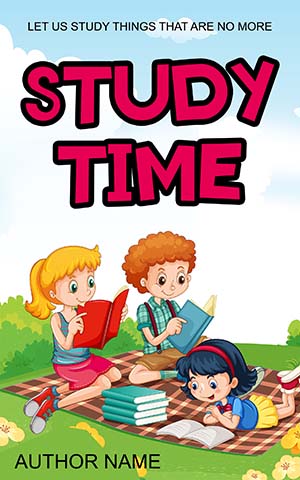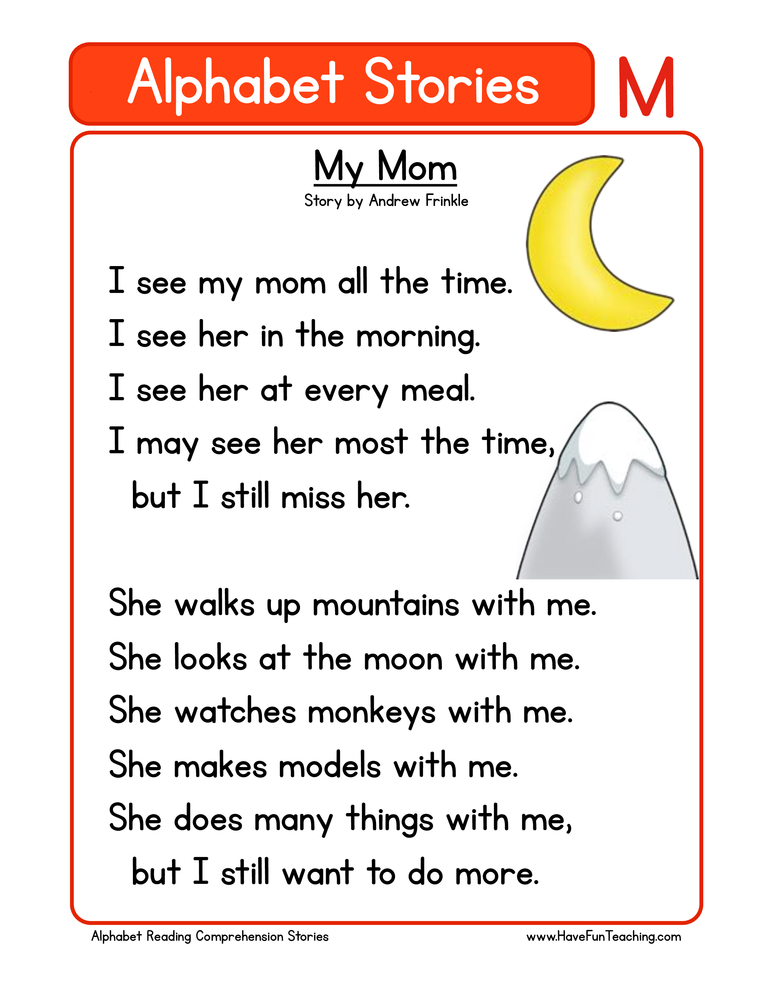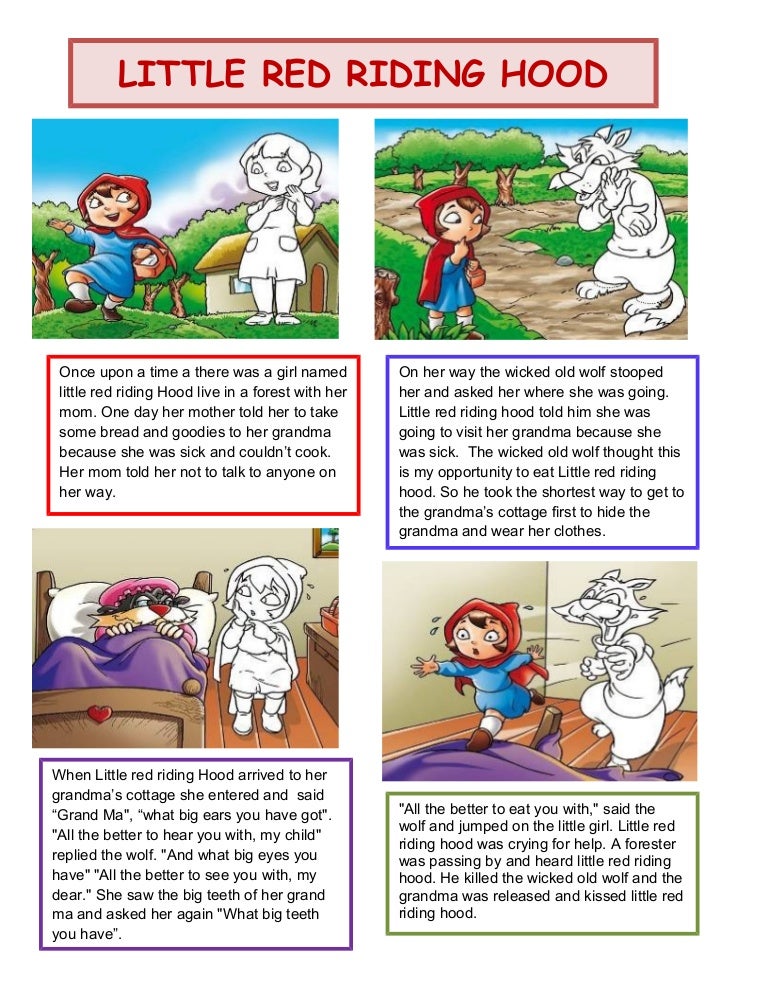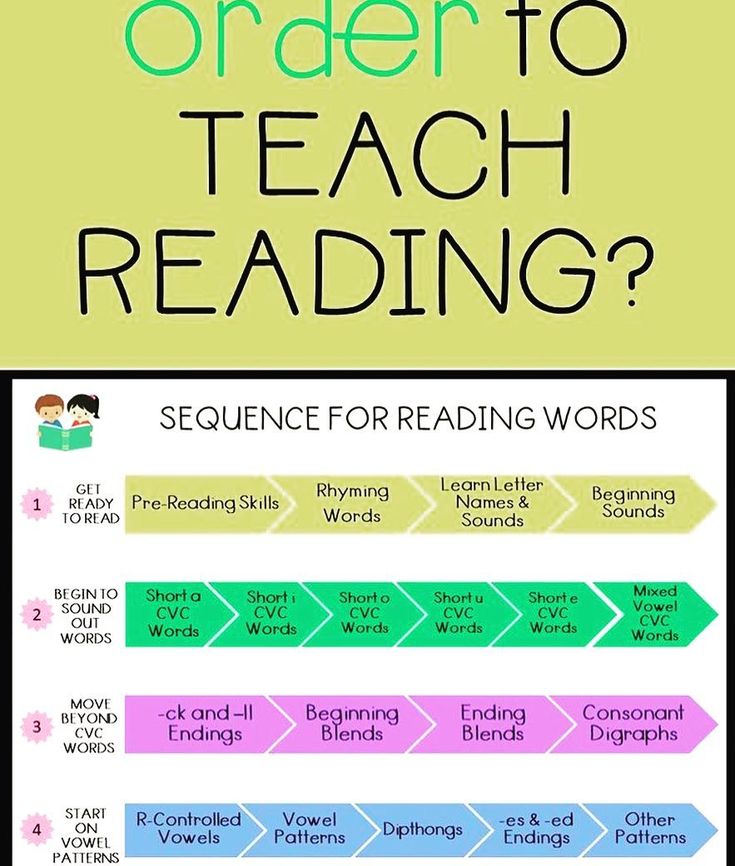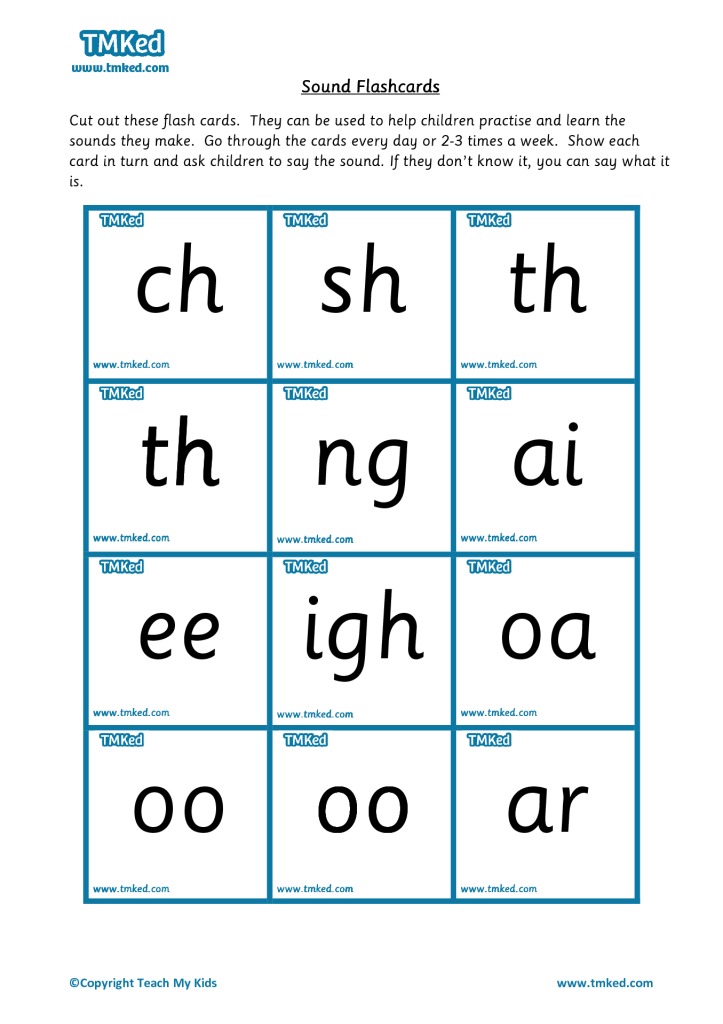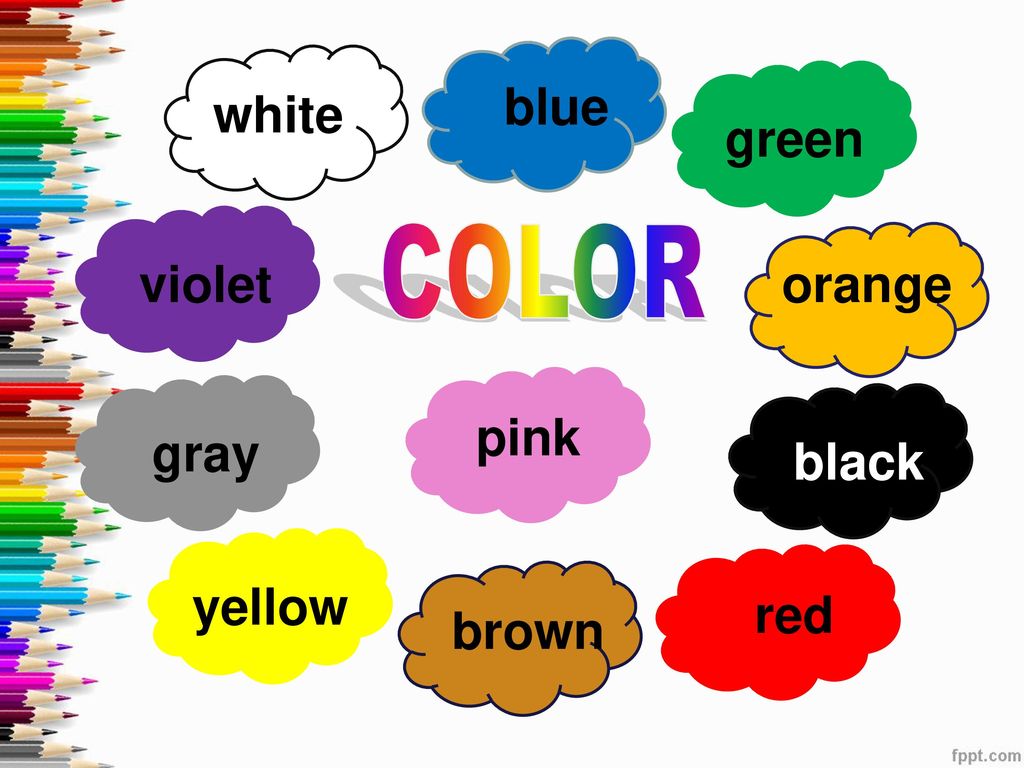Reading lexile test
How to Test Reading Level Online: The Ultimate Guide
I decided to start hunting for a reading level test for my kid during my first year of homeschooling.
I had a first grader who had completed her phonics curriculum, but wasn’t really interested in chapter books. She loved for me to read to her, but was not interesting in reading very much herself – which stressed me.
As a frazzled, first-time homeschooler, I wanted to test her reading level to see if she needed more reading instruction, more practice, or if she was right where she needed to be.
I have tried a number of online reading tests over my homeschooling years and have found that they are not all created equally.
In this post I am going to share with you everything you wanted to know and more about giving your kid a reading level test.
But First, Avoid Reading Level Tests If…
Your kid is still going through a high quality phonics program, such as All About Reading, Explode the Code, or Primary Phonics.
Let your kid finish the program before worrying about what grade level they may be at.
Most reading tests do not assume that the child is learning phonics (since most kids aren’t) and will rely more heavily on sight words they think the child should have learned by a certain grade.
Taking a reading test with a kid who hasn’t finished their phonics reading curriculum is probably not going to be helpful to a parent or child.
Do Take a Reading Level Test If…
-
You have just started homeschooling and have no idea where your kid should be placed for reading.
-
You have finished a phonics program, but are still unsure if your kid is where they need to be.
-
You think your child might be gifted reader and want to see what level they are testing at.
-
You want to make sure your student is progressing, even though they’re not reading aloud to you anymore
-
You need to make sure you are buying the right level books for your child to read.
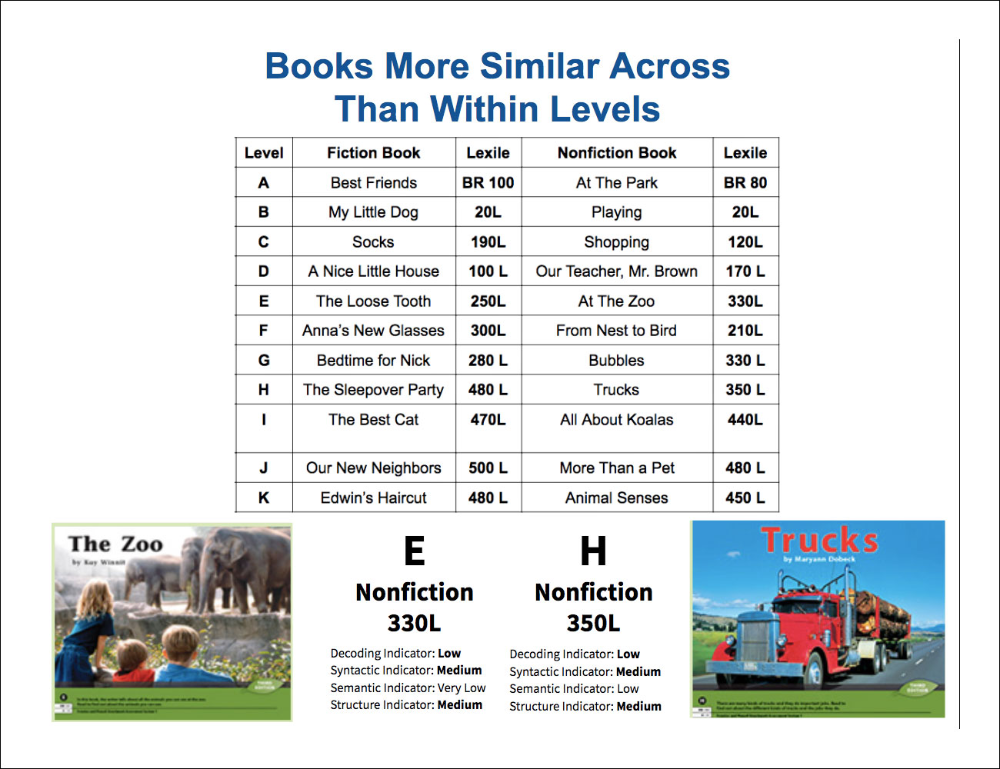
-
You want to see if your kid is smarter than someone else’s kid and you want proof.
These are all great reasons, well except for that last one. Definitely do not test your kid for homeschooling glory.
Hopefully that gave you a laugh, so let’s dive in!
4 Tips for Getting the Best Results When You Test Reading Level
1.Take the Reading Test Yourself
I took a lot of time to explain how the test runs below, but it would be helpful to run through the test yourself first. Make sure you know how to administer the test and confirm that the reading assessment is a good fit for your kid.
2. Administer the Reading Test at the Best Time
Make sure that your kid takes the test when they are their best. Is that first thing in the morning, in the evening, or right after lunch (probably not)?
Ensure your kid has plenty of energy, isn’t hungry, and is in a comfortable environment with minimal distractions.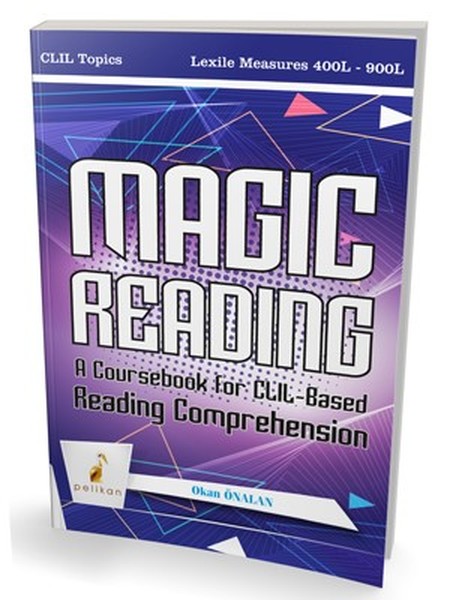
3. Prep Your Kid Mentally
If you are giving a reading assessment to your kid, there is a good chance that your kid is already a little insecure about reading. Do not put the pressure on them that this test evaluating them.
I have given several reading tests and I make a point to tell them it is no big deal, but I do need them to do their best. I go on to say that I need to evaluate our curriculum. Depending on how they do on the test, I will make decisions about what books I need to buy for the next school year.
This takes the pressure off of them.
The are not being evaluated – the curriculum is being evaluated.
4. Do Not Share Their Results with Them
When the reading level test is complete, tell them they did well and that you are happy with their effort.
If the score is less than you were hoping for, you don’t want to destroy their confidence. If it’s really high, you don’t want them to be prideful and brag about it.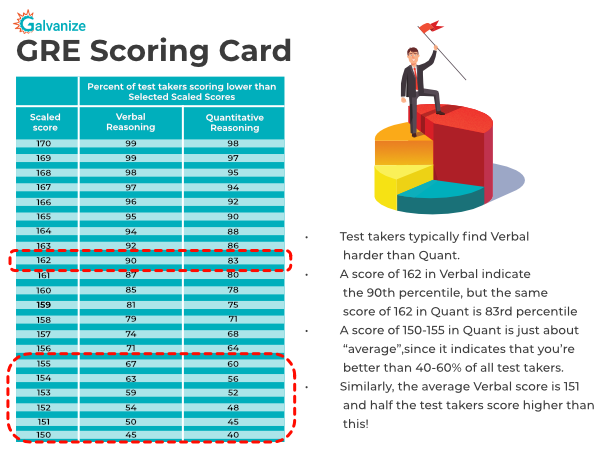
Either way, tell them they worked hard and you’ll use the scores to make the best decisions for their education.
This also helps if you plan to test their reading in the future. They will go into the assessment with no expectations – positive or negative.
3 Free Ways to Test Reading Level Online!
1. MacMillian Reading Level Test
The MacMillian Reading Level test seems to be one of the most popular and trusted reading level tests out there.
I used it with my daughter a couple years ago and I recently tested my own reading level to refresh myself on their process.
How the MacMillian Reading Level Test Works
Everyone starts at the easiest level. You are provided a picture and a fill-in the blank question. There will be 4 multiple choice options to choose from.
As you answer questions you progress through the levels until you have missed a certain number. Then you are immediately told what level reader you are – Starter, Beginner, Elementary, Pre-Intermediate, Intermediate, Upper-Intermediate, or Advanced.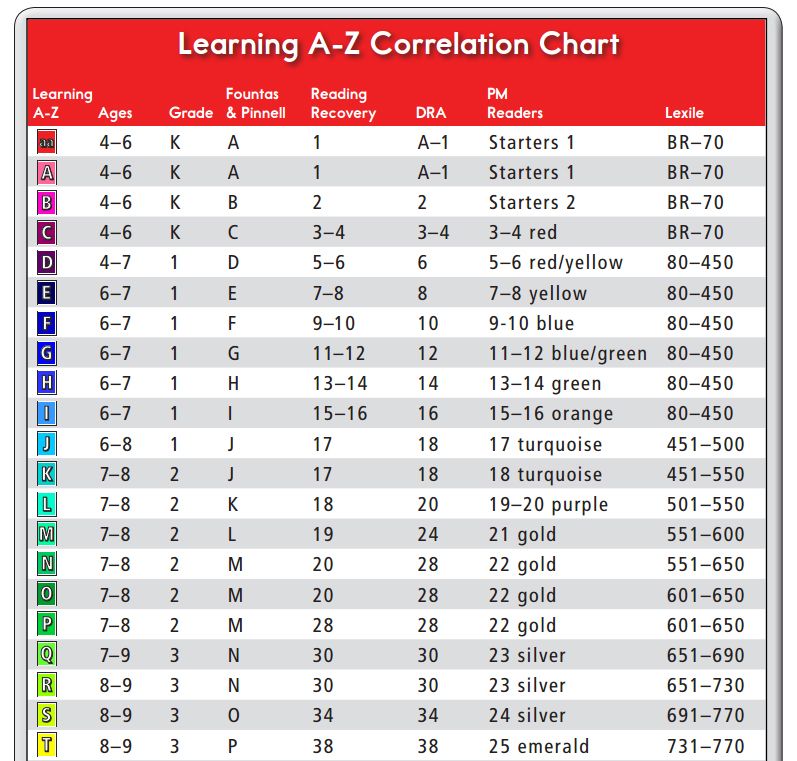
Interestingly, I found the questions to be a bit slanted towards an understanding of grammar and reading comprehension.
Here is an example of a grammar question. Your kid may be able to read all the words, but does he understand the correct verb agreement?
Pros and Cons of MacMillian Reading Level Test
The benefits of this online reading level test are that it is free, simple to use, and provides you an answer right away (no need to wait for an email).
It is also a great test for a kid who can read, but struggles with comprehension.
The negatives to me are that it seems to be testing more than reading and the results do not provide a grade level. You may not know what to do with an “Elementary Level” result. It is kind of a broad answer.
One More Thing to Know About MacMillian Reading Level Test
The test does not tell your child when they miss a question. I intentionally missed questions in order to see what would happen and it just went to the next question.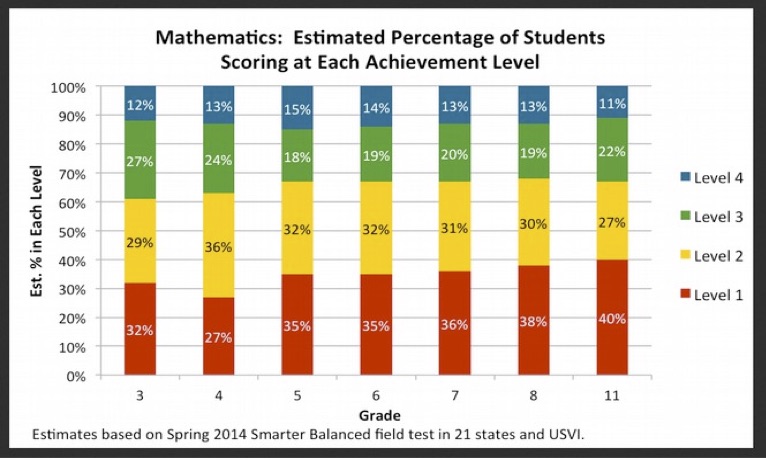
This might help if your kid would be stressed by a reading level test – no big red X when they make an error.
2. San Diego Quick Assessment
I have also used this reading level test with my kid – twice actually – and it lives up to its name!
It really is quick!
How the San Diego Quick Assessment Works
Go to this online PDF and print off the four pages.
You will see grade level words in columns from Pre-Primer through 11th grade. There are 10 words in each column.
Give your child the student portion and ask them to start reading down the first column. Use your grader sheet to check off if they read the word correctly or not.
The test helps you break down the results in terms of Independent Level, Instructional Level, and Frustration Level.
Pros and Cons of San Diego Quick Test
The benefits of this online reading level test is that it does give a quick and free snapshot of your kids reading level. No lengthy test that your child gets bored with.
It is also on paper, which many kids do better with than reading off a screen.
The test doesn’t have any context or pictures to help your child. It will really tell you if they can read or sound out the word or not.
Parents will also like that they get a solid grade level result – a little easier to understand and work with.
The only con I have is that determining grade level with just 10 words is pretty arbitrary. You child may know many other grade level words, but not necessarily the ones on this list.
3. Pioneer Valley Reading Test
This is the most recent online reading level test we’ve used and by far my favorite. I found it to be much more comprehensive and I felt the results were a much more solid reflection of my daughter’s true reading skills.
How the Pioneer Valley Reading Test Works
This online reading assessment is broken into two parts.
Part One: High Frequency Word Reading
The first part consists of words coming across the screen for your child to read.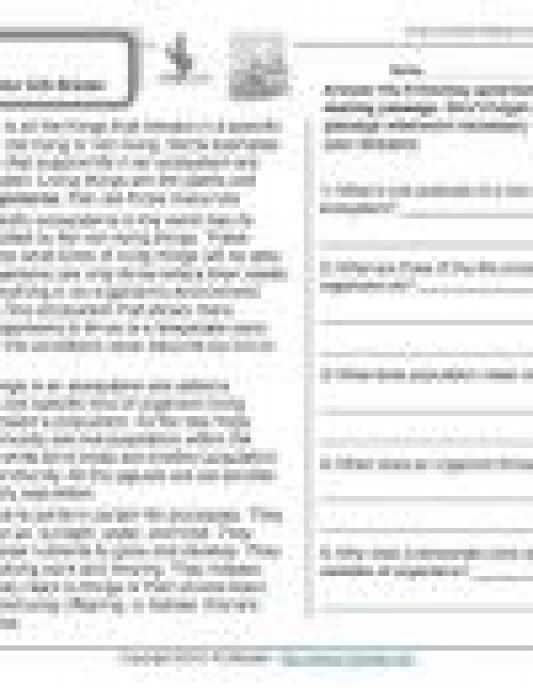 The words are simple at first and then get more complex. The parent sits with the child and clicks “Correct” or “Incorrect” as the child reads each word.
The words are simple at first and then get more complex. The parent sits with the child and clicks “Correct” or “Incorrect” as the child reads each word.
Once the child misses two words, she is moves on to the next step.
Part Two: Reading
You will be asked to sit with your child while they read through an interesting story. Make a mark on a piece of a paper every time your child misses a word in the story.
At the end of the story you will be prompted to record the total number of words your child missed and whether or not they struggled to complete the story. Based on those results your child will either move forward or backward on a scale of A-Z. Eventually your child will be assigned a Letter Level and you will see a chart that corresponds to a grade level:
Pros and Cons of Pioneer Valley Online Reading Assessment
I thought this was much more involved and thorough than other tests we have tried.
Even if your child encounters words he doesn’t know in the first part of the assessment, there are still many other chances in part two to show their reading skills.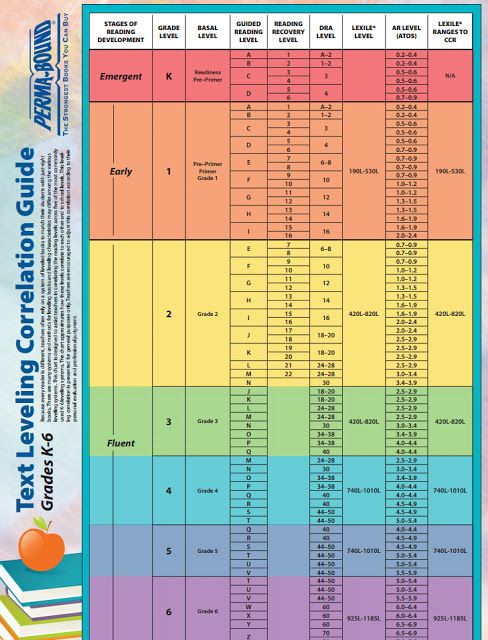
Other benefits include: it is free, the stories were interesting to read, and there was an option to test reading comprehension after each story.
Cons for me would be that the scale does not go beyond 6th grade. It just says 6 grade +. I would have liked to see a scale that goes into high school level.
Other Free Online Reading Level Tests to Try
There are many other resources to try out there to test your kid’s reading level!
Here are some other tests that might be the perfect fit for you and your kid:
Red Cat Level Reading Assessment
Oxford Owl Online Reading Test
Oxford English Reading Test
Good and the Beautiful Reading Level Assessment
Wide Range Reading Test
Not Happy with Your Kid’s Reading Level Test Results? Try these ideas!
1. Take a Different Reading Assessment
It is possible that the test you chose just didn’t jive with your kid. If you are unsure about the results, don’t be shy about waiting a day or two and then doing another reading test with your child.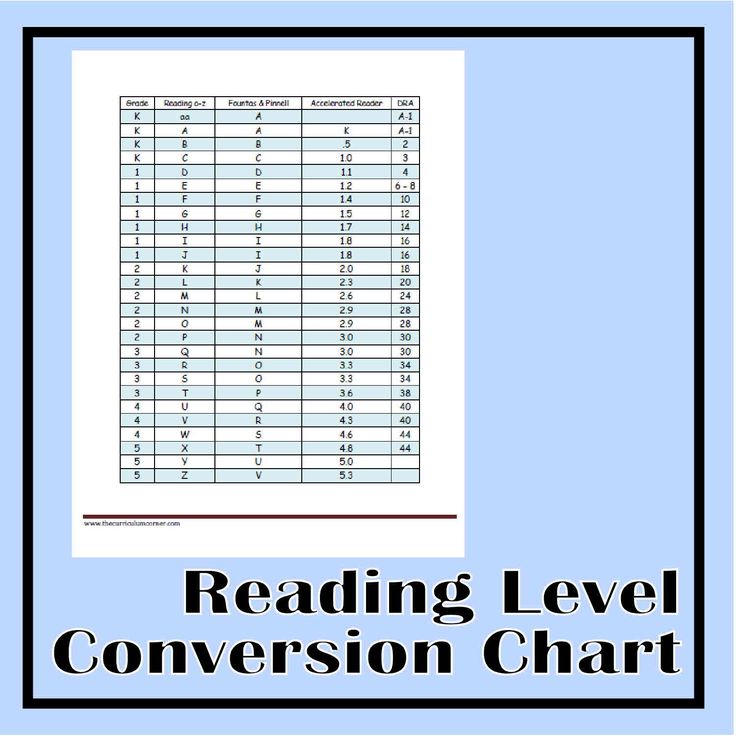
2. Think about what they struggled with the most during the the Reading Level Test
These reading level tests are excellent tools to help you pinpoint exactly where your child needs help.
Did your child struggle because of any of these issues:
-
Sounding out
When your child came to an unfamiliar word, did he freeze up, melt down, or give ridiculous guesses? If so, consider working with your kid on their phonics.
A high quality, low cost phonics program we love is Explode the Code. These simple workbooks are known for giving kids confidence and raising reading levels.
-
Vocabulary
Did your child manage to sound out a word, but have no idea what it meant? As your kid climbs the reading levels, increasing their vocabulary is crucial.
Some simple ways to increase vocabulary are reading aloud to your child regularly, using higher levels of vocabulary around the house, and including vocabulary curriculum in your homeschool.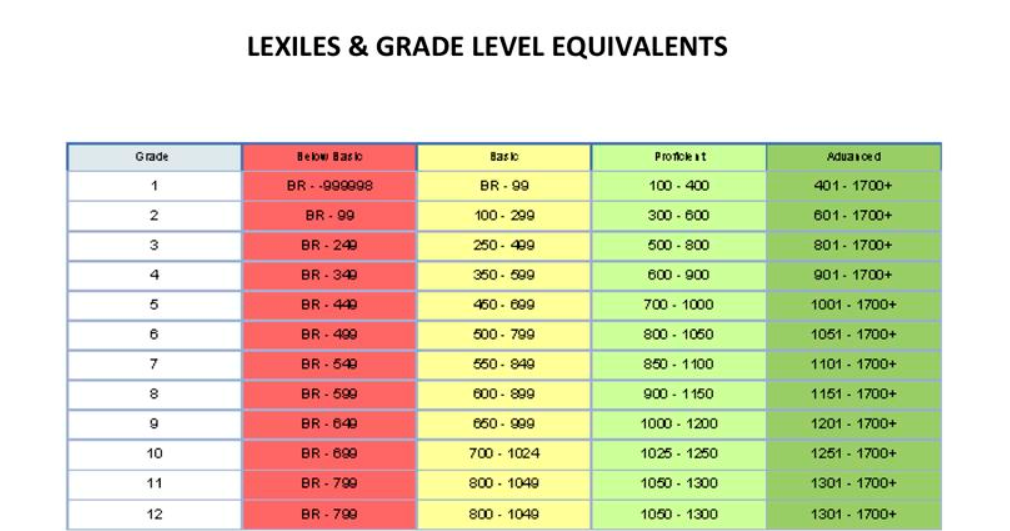
I recently bought Word Roots for my 4th grader and we are so excited about it. It teaches the Latin roots of English words so that kids can break down AND understand a large number of difficult words.
-
Comprehension
Is your kid reading beautifully, but has no earthly idea what he just read? Many parents would be jealous of the beautiful reading, but the comprehension is just as important – if not more so.
Providing your kids with a continuous flow of interesting books that spark their imagination will help a lot in this area. And I hate to say it, but decreasing their screen time will also dramatically help.
If your child continues to struggle with comprehension, consider looking into the Reading Detective series. We have added this workbook to our homeschool curriculum and I think it has really stretched my daughter. The workbooks teach children how to analyze a short story while answering multiple choice questions AND citing the paragraph or sentence number that proves their answer.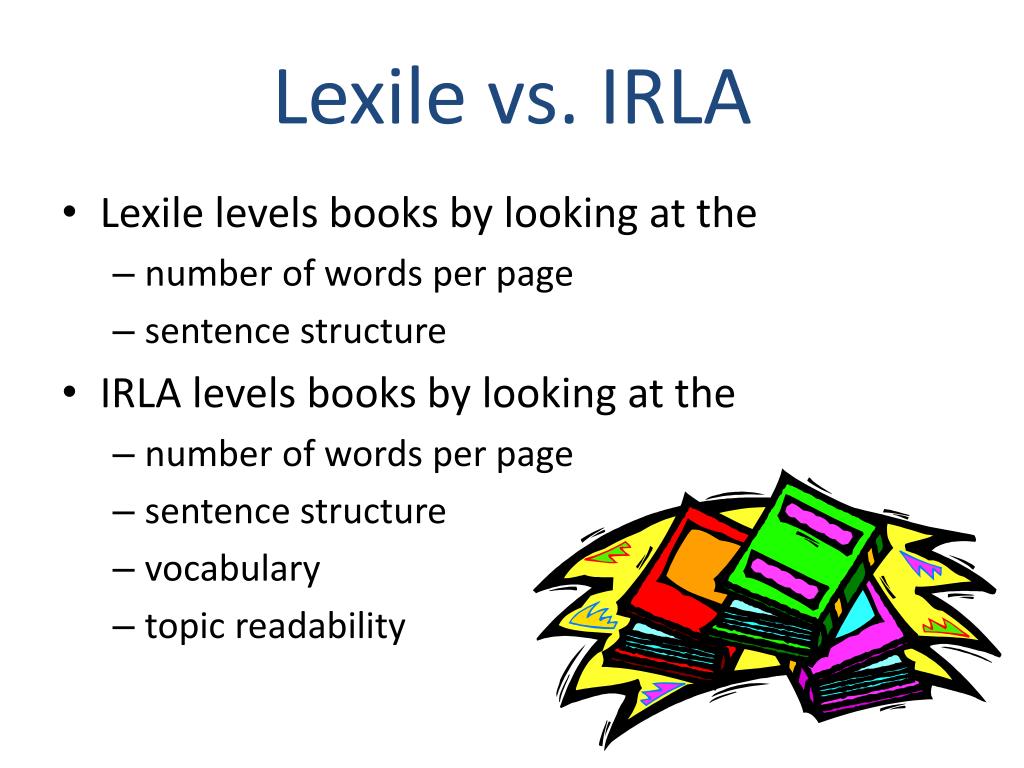
-
Fluency
Did your child painstakingly struggle through sounding out just about every word? Even the short vowel words?
The best thing for fluency is a high quality phonics program as mentioned before and practice, practice, practice.
I am a huge fan of easy phonics readers and keep multiple sets around the house. Here are some of our absolute favorites:
-
Bob Books
-
I Can Read It! Books
-
Primary Phonics Readers
-
Now I’m Reading! Books
-
Tug the Pup Books
-
Usbourne Phonics Readers
Recap Reading Level Test Guide for Kids
Remember above all else that a reading level test is a tool to help you customize your kid’s education and help them succeed.
It is not a grade for your parenting.
Or a grade for your homeschool.
You are not necessarily a failure or a success no matter how your child scores.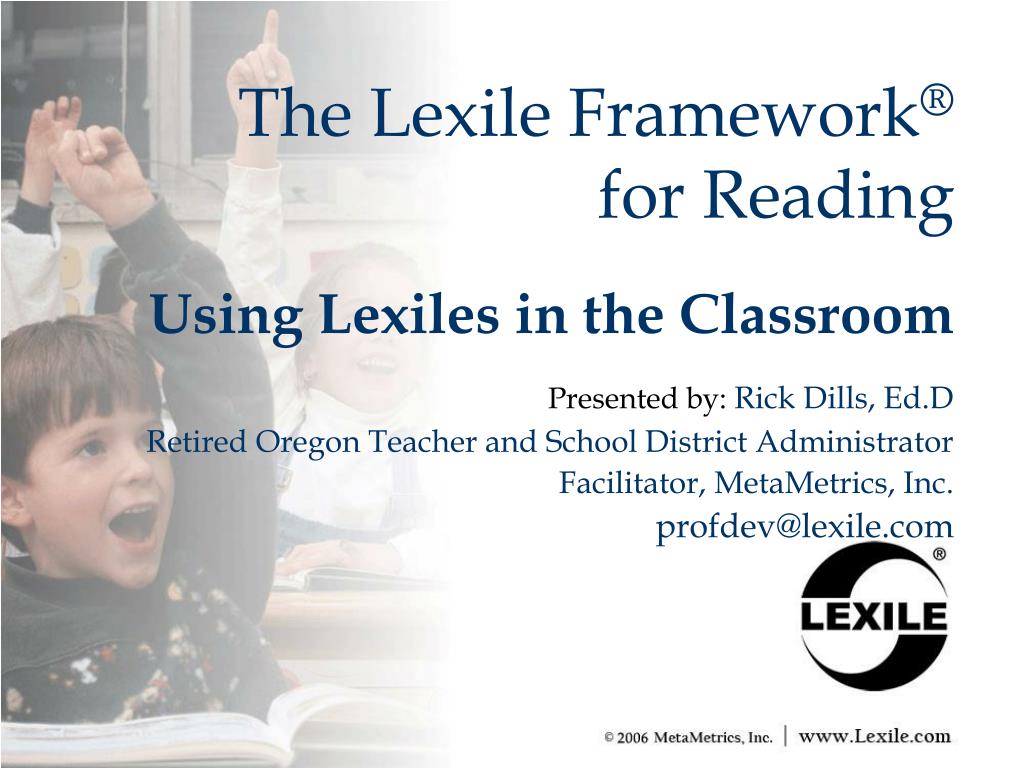
Use these free online reading tests to drive you forward and you can’t go wrong!
Have you tried an online reading test that isn’t mentioned here? Please share in the comments!
Do you want to make sure you save all this information for later – smart thinking! Just pin this article to your favorite Pinterest post and definitely share with your friends and followers!
Read Next:
Reading Level Tests for Calculating Grade, Competency, & Level
So, you're looking for free reading level assessment tests? You've come to the right place! As you may already know, there are a large variety of tests that can determine reading level, reading grade level, reading comprehension level, and phonetic ability.
I've compiled the most useful tests into what I hope will be an easy online format.
Quick Reading Level Calculator to Determine Grade Level
Below is the 40L's Quick Screen Reading Grade Level Test. This reading level test will approximate a grade for 1st-12th grades.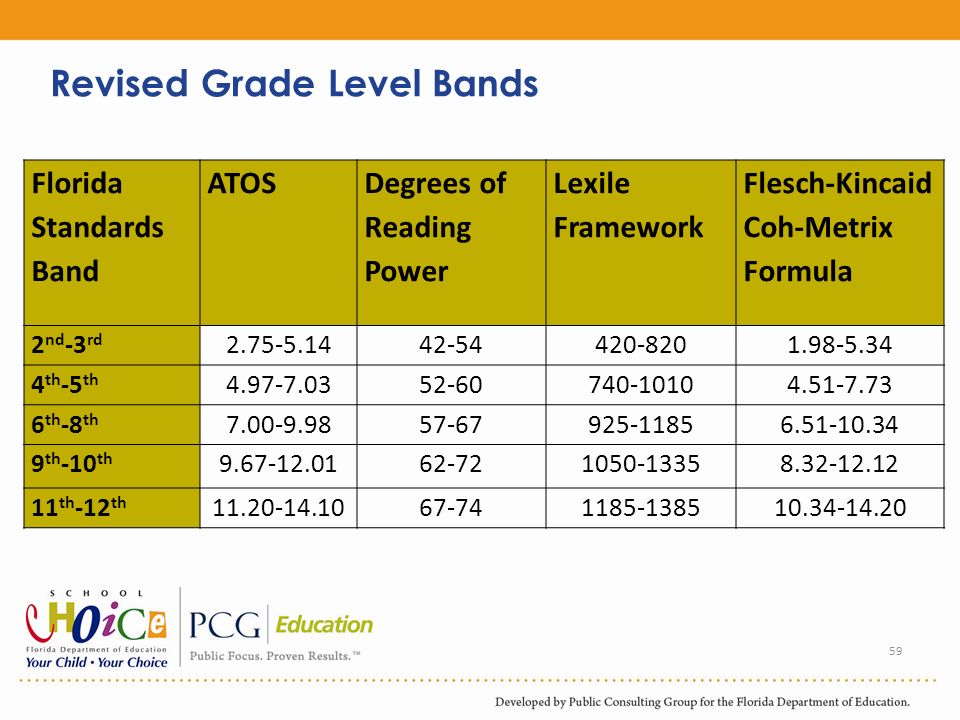 The test uses a quick word list and requires a medium level of test "administration." The instructions should load below.
The test uses a quick word list and requires a medium level of test "administration." The instructions should load below.
Scoring the Quick Screen Reading Test
To score the test, count the number of words read correctly and divide that total by 10 to get a decimal score of reading grade level. For example, a student who missed the word “mope” in line 1, “pause” in line 2, then “noisy, ledge, alike, grackle, and partook” in line 3 would have missed 5 words in a row on line 3, so you stop the test. There are 10 words in each numbered line (5 on top and 5 on the bottom), so the student missed 7 of 30 words read. 30 – 7 = 23 words read correctly. 23/10 = 2.3, so the student would be reading at a grade level of 2.3.
Click here to download the printable PDF.
San Diego Quick Assessment of Reading Ability
This San Diego Quick Assessment test is another easy way to connect the dots between reading ability and grade level. The test places students into levels preprimer to eleventh grade.
The test measures the student's recognition of words out of context. The theory is that proficient readers can read accurately no matter the context of the material. The test is comprised of 13 graded word lists. Weak readers rely too much on context to identify words.
Grading the Test:
- 1 error = Independent Level
- 2 errors = Instructional Level
- 3 errors = Frustration Level
Student Reading Level = The last grade-level word list in which the student achieves an Instructional Level (misses no more than 2 words.)
Test administration requirements: Low - easy to administer.
Click here to view, download, and print the San Diego Quick Reading Level Assessment Test PDF.
Grade Level from Reading Passages & Phonetic Code Proficiency
The National Right to Read Foundation has two excellent tests for grade level and proficiency. However, I recommend taking the tests in the reverse order they are listed in. Part one is for phonetic code proficiency and part two is for grade level assessment. I suggest taking the grade level assessment first.
However, I recommend taking the tests in the reverse order they are listed in. Part one is for phonetic code proficiency and part two is for grade level assessment. I suggest taking the grade level assessment first.
The grade level test is not based on a random word list, but uses short reading passages to accomplish a similar task. This test only measures grades 1-6.
Test administration requirements: Low - easy to administer.
Click here to take the NRRF tests online.
An Informal Reading Assessment
This test is an informal reading inventory. The test utilizes grade specific word lists (25 words each) for preprimer through 8th grade. One set of these graded passages can be used to assess students’ oral reading, and the other can be used to assess silent reading.
Test administration requirements: Medium/High - Long PDF of 50+ pages.
Click here to view, download, and print the Jennings Informal Reading Assessment PDF.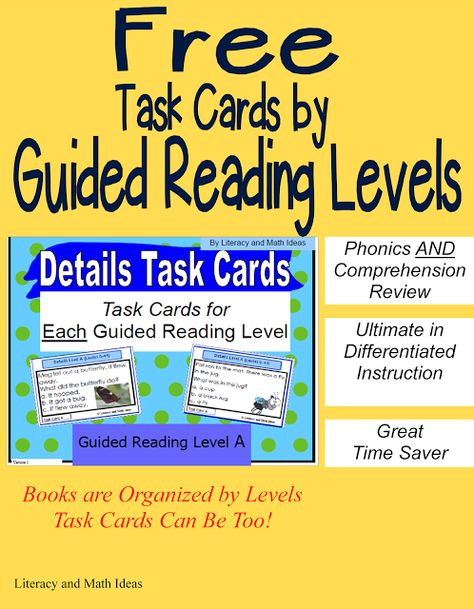
Reading Test to Determine a Need for Phonics Instruction
The Miller Word Identification Assessment is the most powerful free reading test that can assess if the test-taker would benefit from phonics instruction.
Test administration requirements: High - grading the test requires a very high level of involved and measurement.
Click here to view, download, and print the MWIA test.
Advanced Written Comprehension
Students in middle school, high school, and college may benefit from taking our free written comprehension test. The test measures English language comprehension at a more advanced level of logic. Unlike many placement tests that rely on vocabulary or pronunciation, this test focuses on English equivalencies and reasoning.
The test is scored, but does not offer "placement."
Share Share
Reading texts and tests for grade 7. Reading Comprehension
Test with tasks English
In this article you will find a selection of English reading texts for grade 7.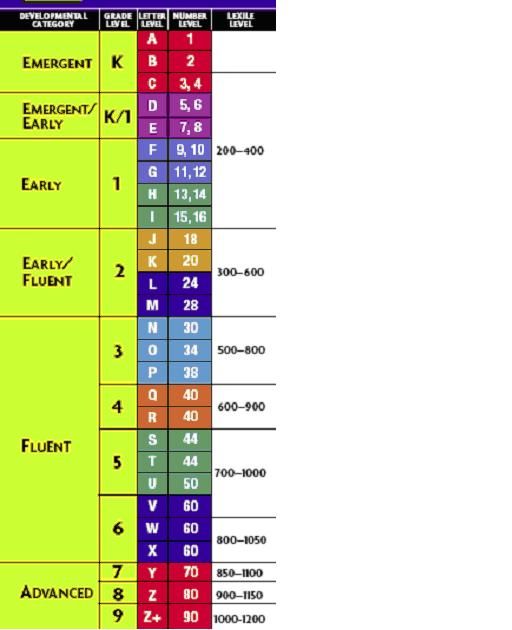 Texts and tasks of different levels of difficulty, so you can choose the text that matches the desired level. All reading tests are given with answers.
Texts and tasks of different levels of difficulty, so you can choose the text that matches the desired level. All reading tests are given with answers.
Reading texts for grade 7 are given on the following topics:
- School and education - Reading test My New School Is Fantastic. Traveling and tourism / Animals / Britain - Reading comprehension test Mysterious Monster Music - Reading task Street musicians
At the end of the article you will find answers to reading tests.
Text for grade 7 on the topic ANIMALS with assignments can also be found here.
Reading test for grade 7 #1. My New School Is Fantastic
Rita Nelson is fourteen, and she has changed her school because her parents moved to another town this summer.
“Let me tell you about my new school. I'm having a great time. All pupils are very friendly, but it's very different from my old school. I can tell you! First of all school starts at 8.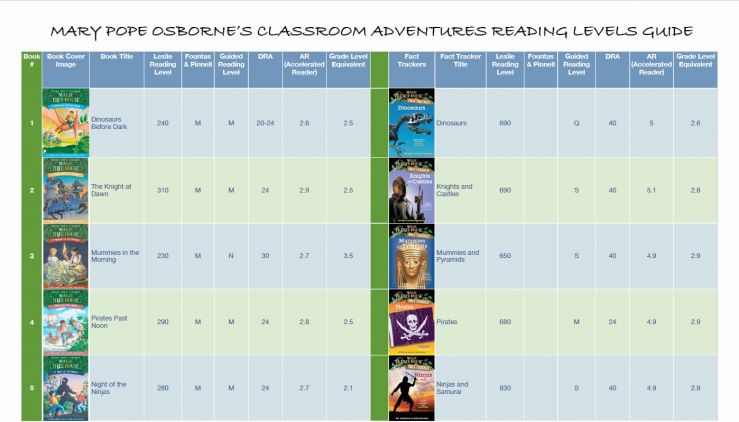 00 here, a whole hour before it did in that school. This morning I forgot about it and got to school ten minutes late, so the teacher put a note into my record-book. I was really angry!
00 here, a whole hour before it did in that school. This morning I forgot about it and got to school ten minutes late, so the teacher put a note into my record-book. I was really angry!
There are a lot of other differences in this school, of course. We have seven lessons here almost every day. What else? The school day is different, too. In my former school we finished school at 3.00, and then most pupils went home. Here we finish lessons at 3.30, and then most pupils go to sports practice. Well, they love sports here.
I joined gymnastics and football clubs here. A lot of girls play football in this school. I had my first practice yesterday, and I feel tired today.
Another important thing here is learning to do practical things. Their metal and wood shops are like small factories, and we are taught to drive as well. It's fantastic. I had my first lesson in driving a tractor yesterday.”
Assignments to the text.
Exercise 1.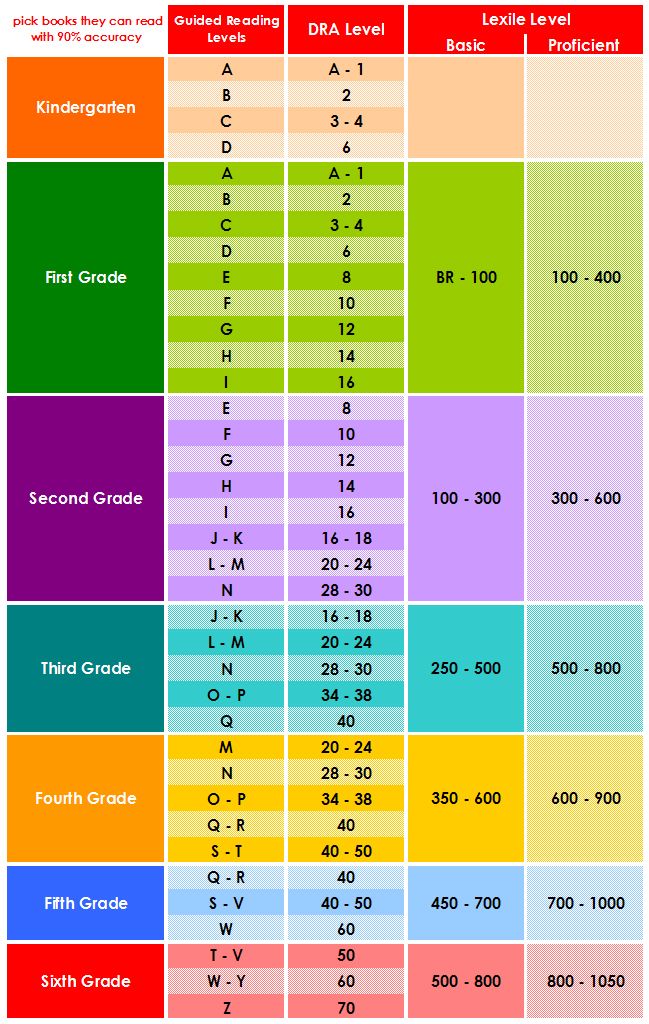 Choose the right answer.
Choose the right answer.
Rita Nelson is _______
Lessons in Rita’s previous school started at
A) 7 o’clock b) 8 o’clock c) 9 o’clock
Rita has _______ lessons every day.
Rita’s lessons are over at
A) 3.00 b) 3.30 c) 4.00
After lessons most pupils go
A) to sports practice b) home c) for a walk
Name the things in Rita's new school that are different from her previous school.
Number of pupils in Rita's class. Time when the lessons begin Time when the lessons end Number of subjects in the curriculum (schedule) Number of lessons every day
Exercise 3. True or false?
Rita doesn't like her new school. Today Rita came to school in time. Student don't love sports in the new school. Many girls play football in the new school. Rita likes to drive a tractor.
Exercise 4. Answer the questions on the text “My New School Is Fantastic”.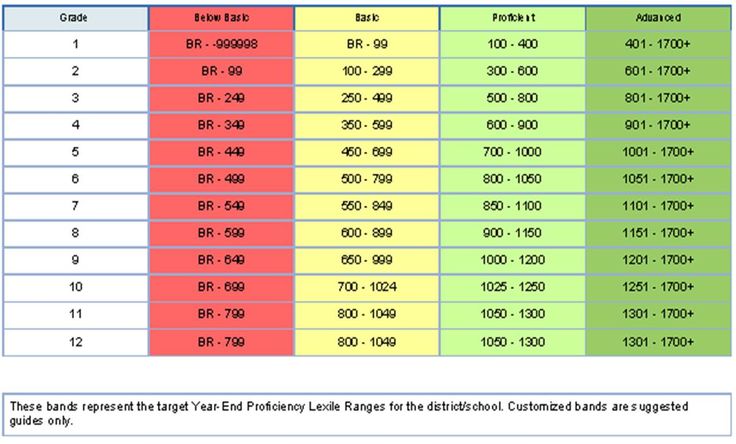
Why has Rita changed her school? When do the lessons begin? Why did the teacher put a note into Rita's record-book? What clubs did she join? What games do girls play in her new school? What practical things are the children taught?
Exercise 5. Write about practical things that you are taught to do in your school.
Grade 7 Reading #2 - Mysterious Monster
At different times, thousands of people say that they have seen a large animal in the famous lake called Loch Ness in Scotland. For many centuries, people have tried to catch it. People who live there always talk about the mysterious animal in the lake, and many of them believe that it is still there today.
In 1933, John McGregor, a local businessman, saw that the lake began to bubble, and a huge animal with two humps came out of it.
After that, scientists examined the lake with underwater equipment and tried to find out what kind of animal lived there. Of course, they haven't found it yet, because the lake is so deep and so dark.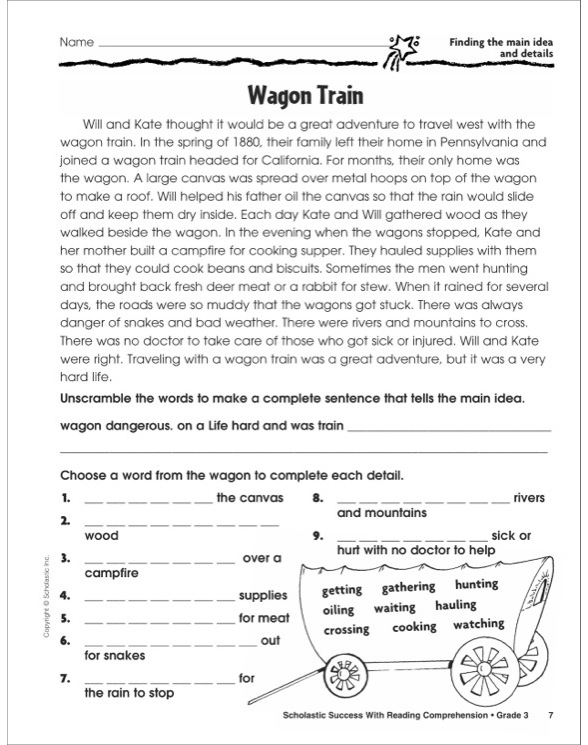
Tourists from all over the world have visited Loch Ness, they hope to see the monster. They have even given it a nickname “Nessie”. Many people even show photos of the monster, but they are usually photos of the pictures of the monster. Scientists suppose that the Loch Ness monster is a dinosaur, which has survived since the Ice Age.
Here is a description of the monster:
- Length: About 50 meters. Body: With two humps. Half horse, half snake and quite small. Long and thin, like a giraffe. Yellow-brown. People think that it eats sheep on land and underwater plants. Shy doesn't want to be seen. Lives in the deepest and coldest parts of the lake about 1 km from the surface.
Assignments to the text.
Exercise 1. Insert the words according to the text.
Have visited, haven't found, tried, so deep and so dark, came out of it
For many centuries people. to catch it. The lake began to bubble and a huge animal. Of course they. it yet. The lake is…. Tourists from all over the world. Loch Ness.
Of course they. it yet. The lake is…. Tourists from all over the world. Loch Ness.
Exercise 2. Choose the correct ending for the sentences.
Loch Ness is in … England b) Scotland c) Wales Loch Ness is … a lake b) a river c) a village Scientists examined the lake with a) underwater equipment c) computers d) special ultrasound gadgets Tourists have given the monster a nickname Locky b) Nessie c) Lohnessi
Exercise 3. True or false.
For many centuries, people have tried to catch the Loch Ness monster. No one believes that the Loch Ness monster is still in the lake today. In 1956, John McGregor, a local businessman, saw that the lake began to bubble. The lake is very deep. Many people show photos of the monster.
Exercise 4. Complete the description of the Loch Ness monster.
- Length: About _______ (1) Body: With two humps. Half __________ (2), half snake and quite small. Long and thin, like a giraffe.
 Yellow-brown. People think that it eats __________ (3) on land and underwater _______ (4). Shy doesn't want to be seen. Lives in the deepest and __________ (5) parts of the lake about 1 km from the surface.
Yellow-brown. People think that it eats __________ (3) on land and underwater _______ (4). Shy doesn't want to be seen. Lives in the deepest and __________ (5) parts of the lake about 1 km from the surface. Exercise 5 . Describe any animal according to the given sample.
English reading text for Grade 7 #3. — Music in the Streets
As you go home after a hard day’s work, and you get off the metro train, you sometimes have to walk a long way to the exit or to change trains. Suddenly in the noise, some music is heard. Those are street musicians. You take out a coin from your pocket and throw it into their hat or instrument case. These musicians bring color and life to the city streets. Street musicians are aged between 17 and 30 years. Some of them are men, some women. They play classical music, pop or folk music, old and new songs. Many musicians are former university students or professional musicians.
Andrew Hain, for example, was once a music student, but he gave up music and became a painter.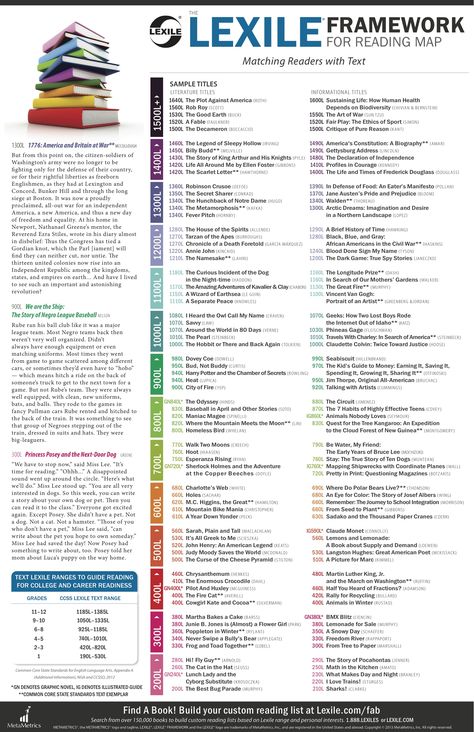 Now he plays in the underground because he doesn't want to forget how to play. His girlfriend is a painter, too. She helps him to collect the money. Another street musician, David MacNell, tells new players:
Now he plays in the underground because he doesn't want to forget how to play. His girlfriend is a painter, too. She helps him to collect the money. Another street musician, David MacNell, tells new players:
“Learn new songs all the time, or else you’ll have fewer and fewer listeners. Wear bright clothes to attract attention. Make sure that the places where you choose to play are warm. The best places are bridges and certainly the underground.”
On Sundays, Hyde Park is the best place, as the speakers here address the people. The street musicians are doing their business with the many tourists who visit the park. The weather is one of the worst problems. It is not so easy to play the violin or the guitar on a rainy November day in London and try to smile.
A much worse problem is the police. From time to time, they come, and the musicians are moved to a different place. True, they are not often fined. One musician told me:
“The policeman asked me what I was doing.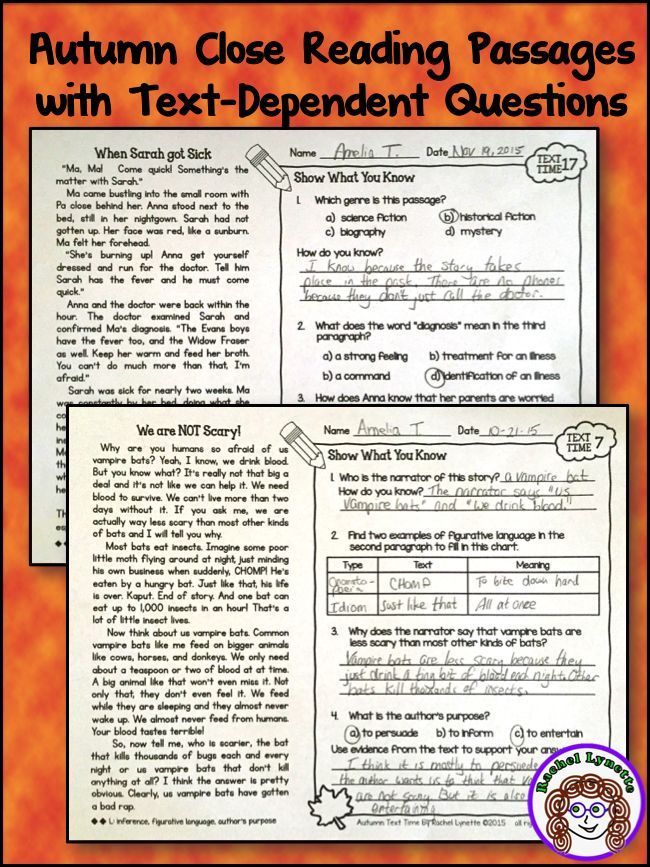 I said I was just practicing. Some money just fell out of my pocket into the guitar case, and I was told to leave my place. I think it's not fair. People love street music. It makes the city more attractive.”
I said I was just practicing. Some money just fell out of my pocket into the guitar case, and I was told to leave my place. I think it's not fair. People love street music. It makes the city more attractive.”
Assignments to the text.
Exercise 1. Read the text "Music in the Streets" again and complete the sentences according to the text.
Street musicians are
A) men b) women c) men and women
2. According to the text, street musicians
A) bring color and life to city streets.
B) make more noise in the streets.
C) make traffic more difficult
3. Street musicians play
A) old songs b) new songs. c) old and new songs.
4. Andrew Hain plays in the streets because he
B) does not want to forget how to play.
C) wants to become famous.
5. The worst problem for the musicians is
A) weather b) the police c)
Exercise 2 .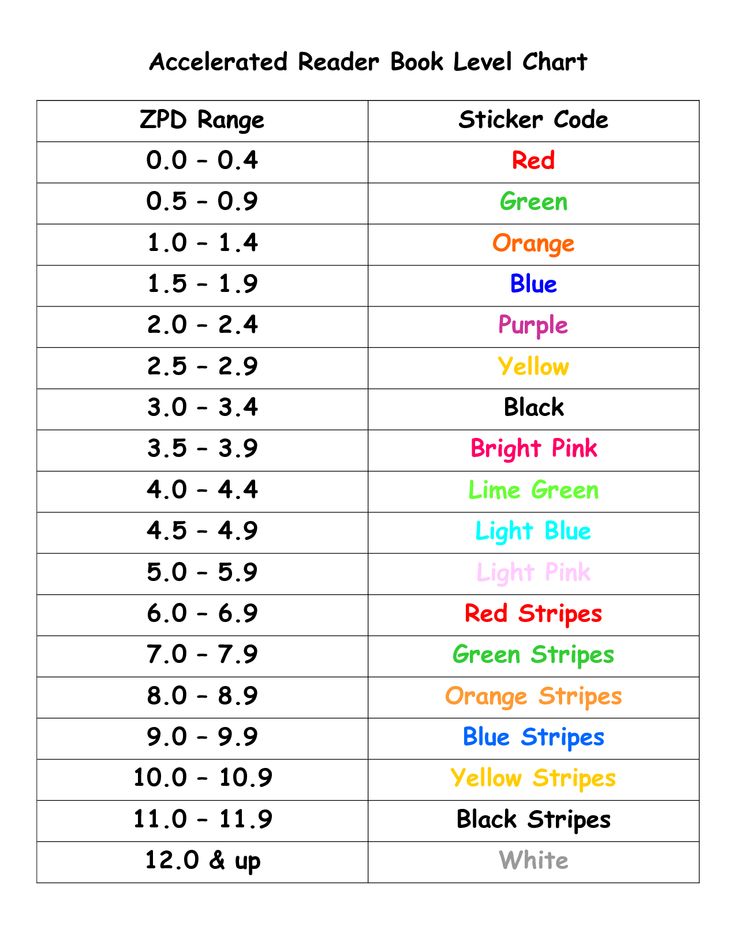 Say true or false.
Say true or false.
Street musicians are aged between 17 and 30 years. Andrew Hain, for example, was once a music professor. On Mondays, Hyde Park is the best place for street musicians. The weather is one of the worst problems for street musicians. Street musicians are very often fined.
Exercise 3. Fill in the words that make sense.
Andrew Hain gave up music and became a ____________. The street musicians are doing their business with the many __________ who visit the Hyde Park. It is not so easy to play the violin or the _________ on a rainy November day in London Make sure that the places where you choose to play are _________.
Exercise 4. Answer the questions.
Why should street musicians wear bright clothes? What are the best places for street musicians? Which is worse for street musicians – the weather or the police? Why do street musicians need to learn new songs all the time?
Exercise 5.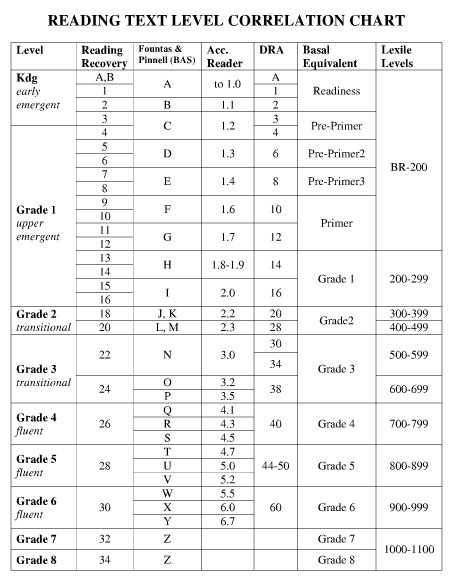 Say why street musicians like their job and what their problems are.
Say why street musicians like their job and what their problems are.
Reading test answers for grade 7.
Answers To Text My New School Is Fantastic
Exercise 1. 1b, 2c, 3c, 4b, 5a
Exercise 2. 2,3,5
Rita has changed her parents because her parents moved to another school town The lessons begin at 8 o'clock The teacher put a note into Rita's record-book because Rita was late for school. She joined gymnastics and football clubs A lot of girls play football in this school. There are metal and wood shops, and the children are taught to drive as well.
Exercise 5. Your answers.
Answers to the text Mysterious Monster
- Tried, 2) came out of it, 3) haven't found, 4) so deep and so dark, 5) have visited
Exercise 2. 1 – b, 2 – a, 3 - a, 4 - b
Exercise 4. 1 - 50, 2 - horse, 3 - sheep, 4 - plants, 5 - coldest
Exercise 5. Your description options.
Your description options.
Answers to the text Music in the Streets
Exercise 1. 1 - c, 2 - a, 3 - c, 4 - b, 5 - b
Exercise 2. 1 true, 2 false, 3 false. 4 true, 5 false
Exercise 3. 1 painter, 2 tourists, 3 guitar 4. warm
Street musicians should wear bright clothes to attract attention. The best places for street musicians are warm places – such as bridges and the underground. The police is a much worse problem. Street musicians need to learn new songs all the time to have more listeners.
Exercise 5. Your own answers.
I hope you liked these 7th grade reading texts. You can adapt them for your purposes and your classes.
Did you like it? Save for the future and share with your friends!
6 Comments for “Texts and reading tests for grade 7. Reading Comprehension»
Thank you for a good selection of material on your site. I often use it for work. Tasks and texts are interesting. Allows you to fix and work out the material.
Of course, they haven't found it yet, because the lake is so deep and so dark.
Grammar-tei. com
04/21/2018 12:02:36
2018-04-21 12:02:36
Sources:
Http://grammar-tei. com/teksty-i-testy-po-chteniyu-dlya-7-klassa-reading-comprehension/
Tests in English. Online English proficiency tests » /> » /> .keyword { color: red; }
Test with tasks English
Test your knowledge of English grammar and vocabulary with interactive online quizzes. Take our English language tests multiple times, each time with new questions.
Grammar tests
Test for the knowledge and use of articles in English.
Test for the use of present tenses in English.
Passive voice test in English.
Testing knowledge of past tenses in English.
An entry-level test for building general questions in the present.
Testing the correct use of modal verbs in English.
Testing knowledge of prepositions expressing temporal and spatial relationships.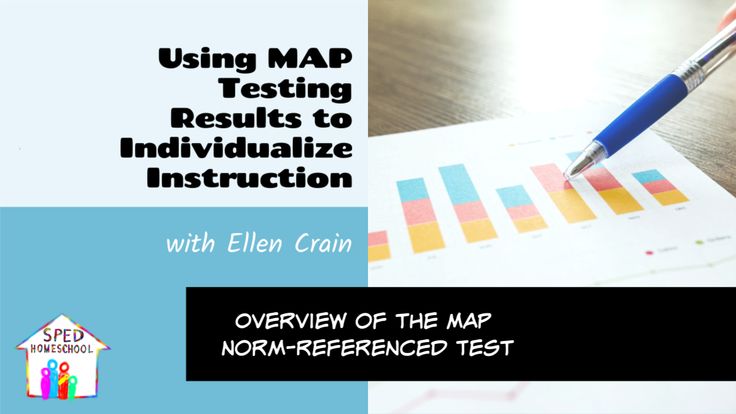
An exercise in knowing the future tenses of the English language.
Proper use of the gerund in English.
Testing the knowledge and correct use of the subjunctive mood in English.
Testing the ability to correctly choose and use the degrees of comparison of adjectives and adverbs in accordance with the situation of communication.
Testing the ability to correctly use non-finite forms of the verb (infinitive) in English.
Test of knowledge and use of the participle in English.
Assess your knowledge of tenses in English (indirect speech).
Compound object test with infinitive in English.
Demonstrate your knowledge of personal and possessive pronouns in English.
Word order test in English declarative and interrogative sentences.
Correct use of reflexive and intensifying pronouns in English.
The use of the particle to with the infinitive in English.
Test your knowledge of possessive pronouns and abbreviations.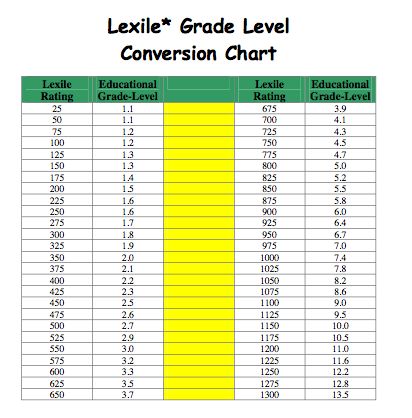
Lexical tests
General English vocabulary test.
Noun tests
Checking the correct use of English nouns related to travel (travel, journey, voyage, trip, tour).
Do you know the difference in the use of English synonyms for value? Check yourself (price, cost, value, worth).
Checking the correct use of English nouns expressing opportunity (opportunity, possibility, chance).
Differences between English words meaning a mistake (a slip, a mistake, an error).
Subtleties of using English nouns denoting a way (a way, a road, a path, a route).
Correct choice of English nouns related to position (work, job, post, position).
Assessing the correct use of English nouns denoting a leader (director, manager, chief, boss, head).
English language test of nouns denoting the coast (bank, shore, coast, beach, seaside).
Test of knowledge of English nouns denoting the owner (a master, an owner, a host).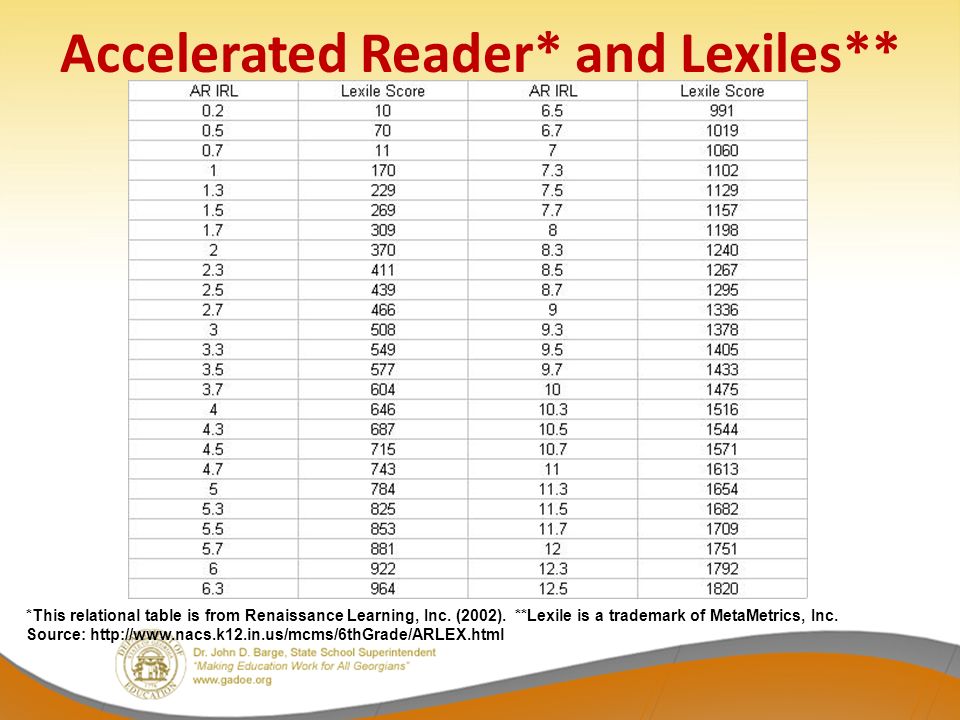
Appropriate use of English nouns related to the profession (trade, profession, occupation).
Rate how well you know the difference between English words related to incidents (an accident, an incident, an event).
Rate your ability to use business-related English expressions.
Test your skills in using English nouns expressing quantity (quantity, number, amount, count).
Test on the knowledge and use of English nouns with the general meaning of pay (wage, salary, stipend, fee, royalties).
Testing the skills of using synonymous nouns meaning benefits, benefits (advantage, benefit, profit, gain).
Test for knowledge and use of English nouns denoting a piece of something (a piece, a slice, a lump).
Test for knowledge and use of English nouns related to clothing (suit, costume, dress, clothes).
Test of knowledge and use of English nouns with the general meaning of "pay for something" (bill, fine, fare, tip).
Differences between English nouns related to the concept of an idea (idea, conception, notion, thought).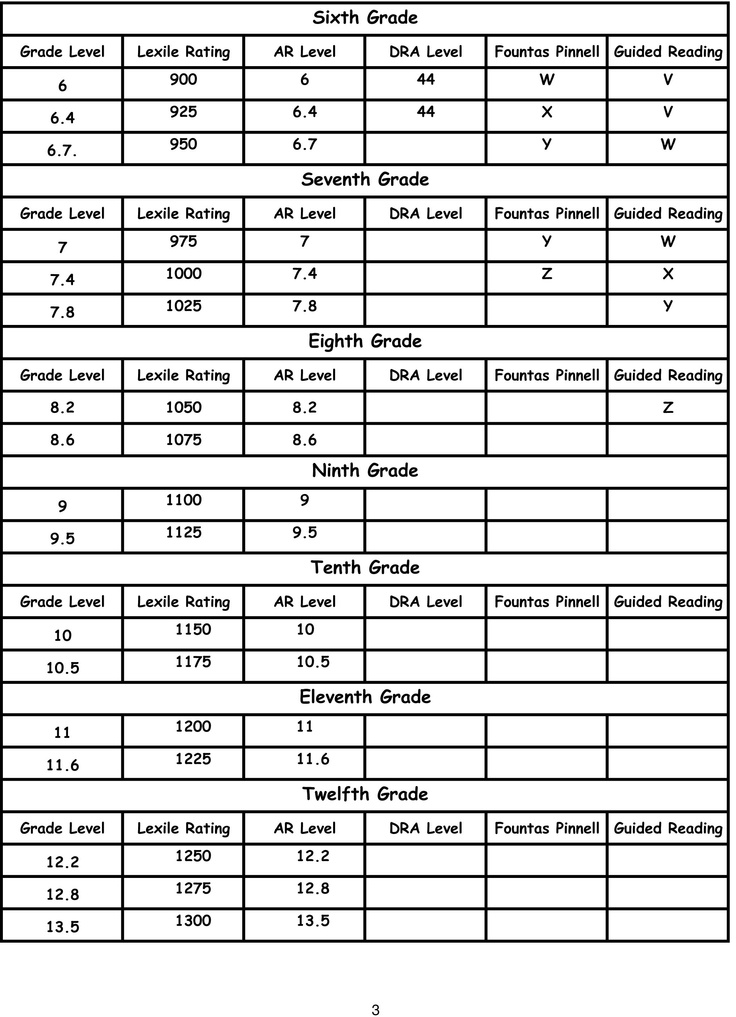
The subtleties of the use of English nouns denoting areas and plots of land (region, state, district, vicinity).
Tests on pronouns
Test on the use of English pronouns (some, any).
Assessing the correct use of English pronouns (another, other, others, the others).
Test your knowledge of English pronouns (something, everything, anything, nothing, nobody, etc.).
Test your knowledge of demonstrative pronouns (that, those, this, these).
Adjective tests
When and how to use English pronominal adjectives (little, a little, few, a few).
Test for knowledge of English adjectives denoting cold, heat, heat (hot, warm, cool, cold, frosty).
Choice between adjectives expressing the concept of “big” (big, large, great).
Evaluation of knowledge of the nuances of English adjectives with the general meaning of “suitable” (comfortable, convenient, suitable).
Test for the appropriate use of English adjectives with the general meaning of beauty (beautiful, lovely, handsome, pretty).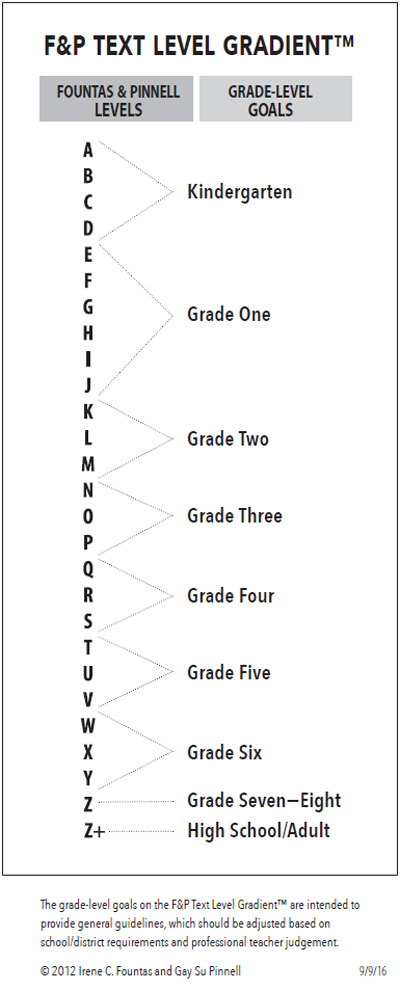
Test on the use of English adjectives denoting small size (little, small, tiny).
Test for the correct use of English adjectives related to speed (quick, fast, rapid, swift).
The nuances of the use of English adjectives denoting intelligence and ingenuity (clever, intelligent, smart).
English adjectives related to differences (different, various, diverse).
Rate your knowledge of negative adjectives (awful, terrible, dreadful, horrible).
Checking the correct use of English adjectives with the general meaning of loneliness (lonely, alone, single, solitary).
Test of ability to choose correctly between English adjectives denoting fear (afraid, frightened, scared, fearful).
A test of knowledge of the differences between English adjectives with a general meaning of magnitude (huge, vast, enormous, immense).
A test of the ability to correctly select adjectives with a general meaning of efficiency (effective, efficient, skilled, experienced) for a given context.
Differences between English adjectives with the general meaning of fame (famous, well-known, celebrated, distinguished, eminent).
Test your knowledge and ability to distinguish English adjectives with a general meaning of employment (busy, engaged, occupied).
Testing the ability to distinguish English adjectives related to the concept of happiness (happy, lucky, fortunate).
Difference test for adjectives with the general meaning “empty” (empty, vacant, blank).
Test of knowledge and appropriate use of adjectives related to thinness (thin, slender, slim, lean, meager).
Checking the correct use of English adjectives with a general meaning of fullness (stout, fat, fleshy, plump).
Practicing the appropriate use of adjectives with a general meaning of peace (quiet, calm, still, peaceful).
Test for knowledge of English adjectives with the general meaning “strange” (strange, queer, odd, quaint).
Practice using adjectives that mean greedy, mean, stingy.
Differences between English adjectives with the general meaning of weakness (weak, feeble, faint, frail).
Test for the correct use of English adjectives related to a sense of humor (funny, witty, amusing, merry).
Tests on adverbs, conjunctions
Test for the choice of a suitable English adverb (also, too, either, neither).
Test for knowledge and use of conjunctions and prepositions expressing concession and opposition (despite, in spite of, although, however).
Checking the correct use of adverbs of tense in English (still, yet, already).
Test of knowledge and use of adverbs expressing a sufficient or desired degree of quality or quantity (fairly, rather, quite).
Verb tests
Checking the correct choice between English verbs related to speaking (to say, to tell, to talk, to speak).
Choice between verbs expressing the concept of “to do” (to do, to make).
Differences in the lexical meaning of English verbs related to learning (to learn, to study, to teach).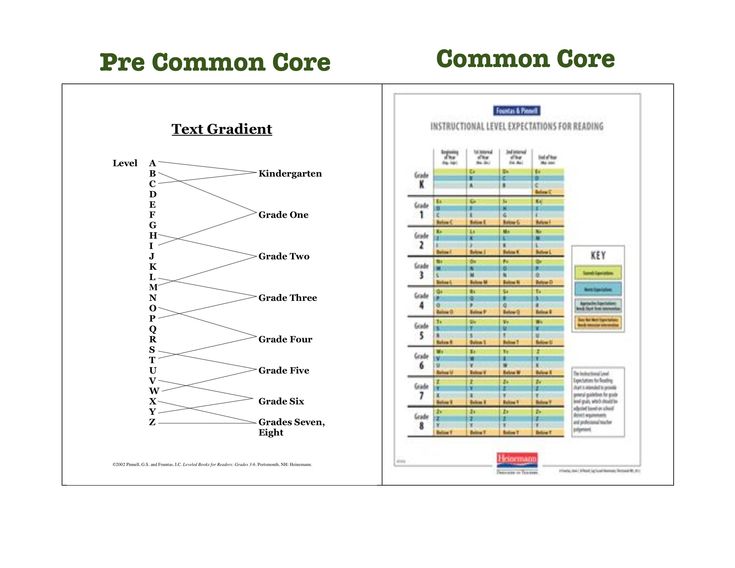
Test for English verbs denoting the meaning of “offer” (to offer, to suggest).
Test for the correct use of English verbs of motion (to go, to come, to walk).
Training in the correct use of verbs with the general meaning of receiving (to get, to gain, to receive, to obtain).
Test for knowledge of the difference in the lexical meaning of the English verbs of permission (to allow, to permit, to let).
Test for the correct use of English verbs with the general meaning “to answer” (to answer, to reply, to respond).
Testing the ability to correctly use verbs with the general meaning of “look” depending on the context (to see, to look, to glance, to stare, to peep).
Assess your knowledge of English verbs with the general meaning “to carry” (to take, to bring, to carry).
Test of knowledge and correct use of English verbs expressing appreciation (to appreciate, to estimate, to value).
Test for the knowledge and use of English verbs with the general meaning “to raise” (to raise, to lift, to pick up).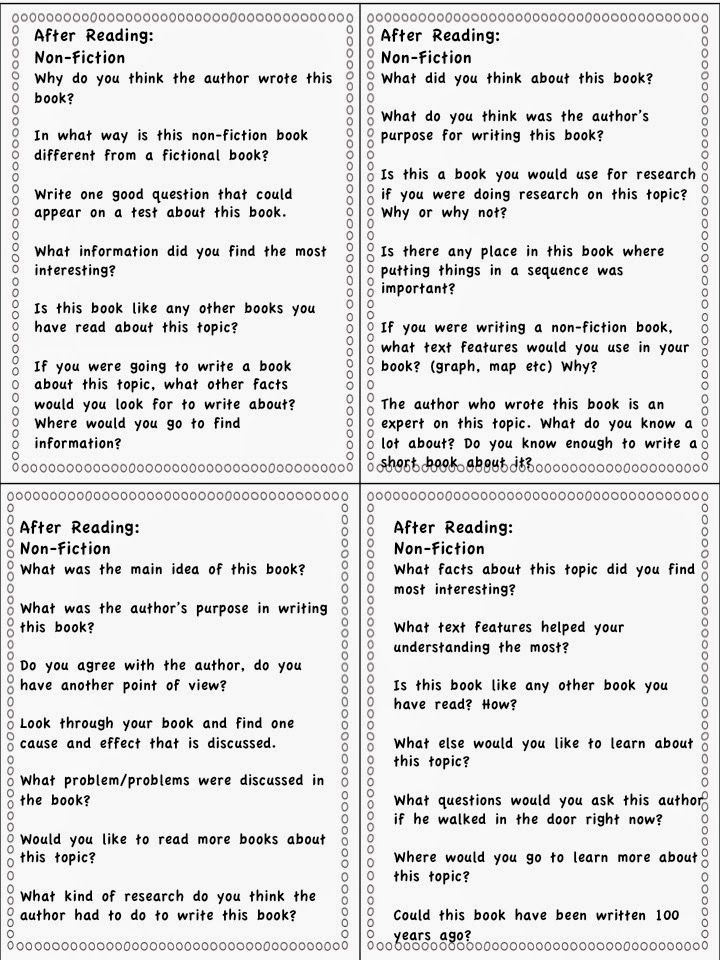
Differences between English verbs meaning “to finish” (verbs to finish, to end, to complete).
Differences in the meaning of English verbs related to protection (to defend, to protect, to guard).
Find out how well you know how to use verbs with the general meaning “to begin” (to begin, to start, to commence).
Differences between English verbs with the general meaning “to learn” (to learn, to find out, to discover).
Test of knowledge of English verbs related to asking a question (to ask, to inquire, to question, to demand).
Test of knowledge and use of English verbs (to appear, to seem, to turn out, to prove).
Checking the correct use of English retention verbs (to hold, to keep, to retain, to preserve).
Testing the ability to correctly use English verbs with the general meaning “to continue” (to continue, to go on, to proceed).
Test for the use of English verbs with the general meaning "to receive, acquire" (earn, gain, acquire, receive).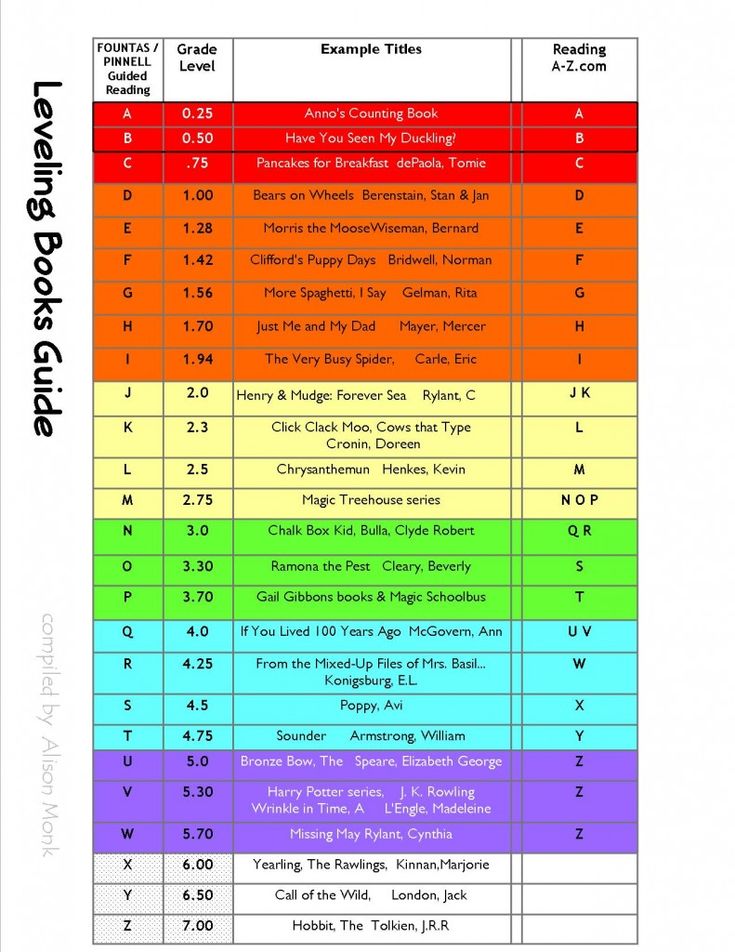
Testing the ability to correctly use English verbs with the general meaning of "expect" (to wait, to expect, to anticipate).
Differences in the lexical meaning of English verbs of choice (to choose, to elect, to select, to pick out).
Testing knowledge of English verbs with the meaning of desire (to want, to wish, to desire, to long, to crave).
Nuances of the lexical meaning of English verbs related to understanding (to understand, to realize, to grasp).
Test of knowledge and use of English verbs denoting crying (to cry, to weep, to sob).
Testing the ability to choose the correct English verbs related to closing (to shut, to close, to lock).
Test for knowledge of lexical differences of English verbs with the meaning "to abandon, to leave" (to abandon, to leave, to give up, to quit, to resign).
Practicing the ability to correctly use English verbs related to attention (to note, to notice, to take notice, to pay attention).
Test for the appropriate use of English verbs with the general meaning of destruction (to break, to destroy, to ruin).
Test your ability to use English verbs denoting shout (to shout, to cry, to scream, to shriek) depending on the context.
Test for knowledge and use of English verbs (to show, to demonstrate, to display, to exhibit, to reveal).
Testing knowledge of English verbs with the general meaning “to drag” (to pull, to drag, to draw).
Test your knowledge and skills in using synonymous verbs in English that have the general meaning of "to catch, to grab" (to catch, to snatch, to seize, to grab).
Test your skills in the correct use of verbs of motion expressing striking (hit, beat, pound, slap).
Test your knowledge of the use of synonymous verbs with the general meaning "to change" (to change, to alter, to vary, to adjust).
Test of knowledge and use of English verbs related to swimming (swim, sail, float, drift).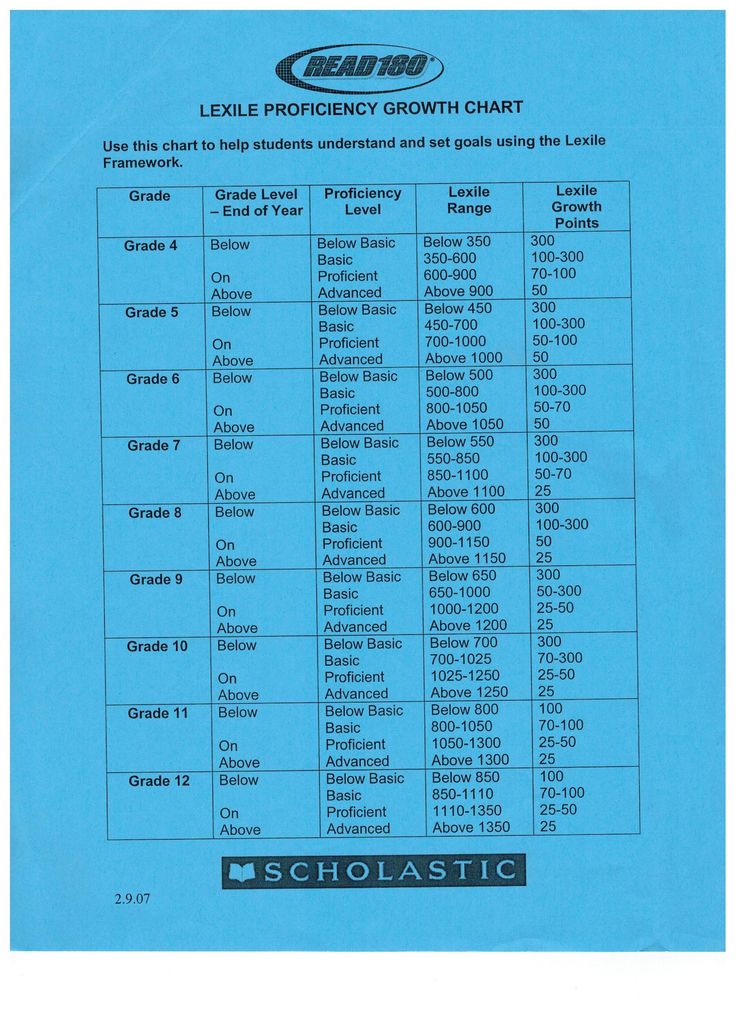
English Proficiency Test Find out how well you speak English by taking an interactive test.
Test your knowledge of English grammar and vocabulary with interactive online quizzes. Take our English language tests multiple times, each time with new questions.
Test for the knowledge and use of articles in English.
Test for the use of present tenses in English.
Passive voice test in English.
Testing knowledge of past tenses in English.
An entry-level test for building general questions in the present.
Testing the correct use of modal verbs in English.
Testing knowledge of prepositions expressing temporal and spatial relationships.
An exercise in the knowledge of the future tenses of the English language.
Proper use of the gerund in English.
Testing the knowledge and correct use of the subjunctive mood in English.
Testing the ability to correctly choose and use the degrees of comparison of adjectives and adverbs in accordance with the situation of communication.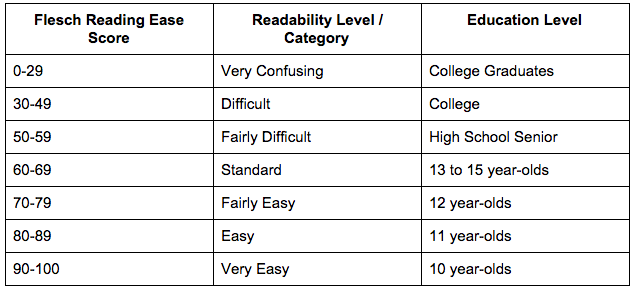
Testing the ability to correctly use non-finite forms of the verb (infinitive) in English.
Test of knowledge and use of the participle in English.
Assess your knowledge of the tenses in English (indirect speech).
Compound object test with an infinitive in English.
Demonstrate your knowledge of personal and possessive pronouns in English.
Word order test in English declarative and interrogative sentences.
Correct use of reflexive and intensifying pronouns in English.
The use of the particle to with the infinitive in English.
Test your knowledge of possessive pronouns and abbreviations.
A test of knowledge and use of English nouns with the general meaning of payment for something bill, fine, fare, tip.
www. native-english. en
07/05/2018 23:23:01
2018-07-05 23:23:01
Sources:
Https://www. native-english. ru/tests
Tests in English - online collection » /> » /> .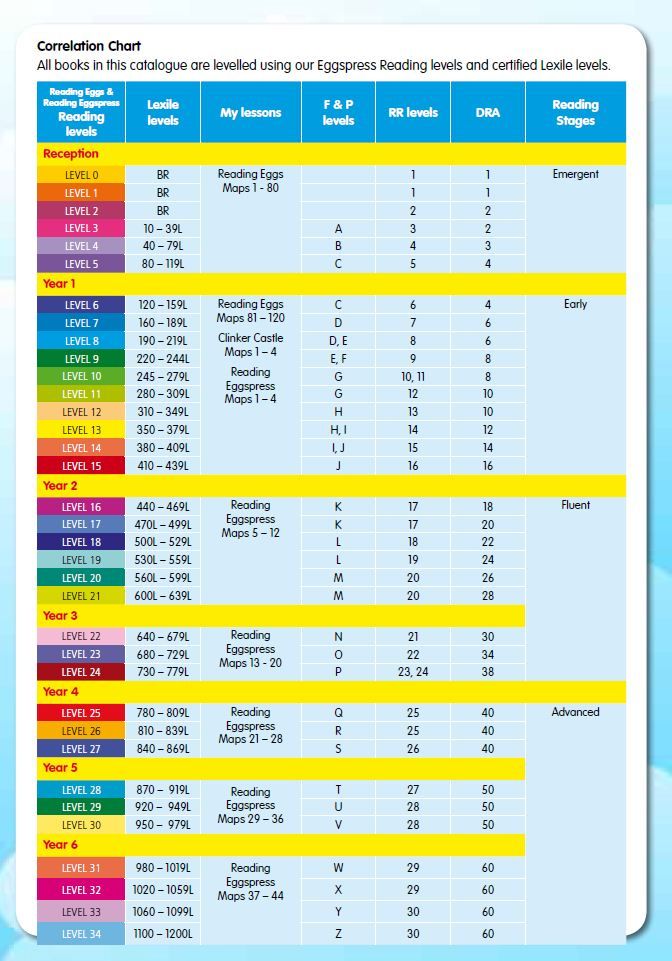 keyword { color: red; }
keyword { color: red; }
Test with tasks English
Tests are a great opportunity to find out the level of your knowledge, so we have prepared for you a whole collection of English tests on various topics. Why does everyone love taking tests so much? This is the simplest, fastest and most accurate way to determine the level of knowledge of a person.
At the same time, our tests are focused on determining knowledge in those areas of the English language that are the most difficult to learn, for example, articles, grammar, vocabulary. One of the most popular tests is the test for tenses, of which there are a lot in the English language.
Our advantage is passing English language tests online, i.e. you immediately get the result and the correct answers to questions in which mistakes were made.
One of the most popular tests is the test for tenses, of which there are a lot in the English language.
Lim-english. com
09/16/2019 3:17:34
2019-09-16 03:17:34
Sources:
Https://lim-english.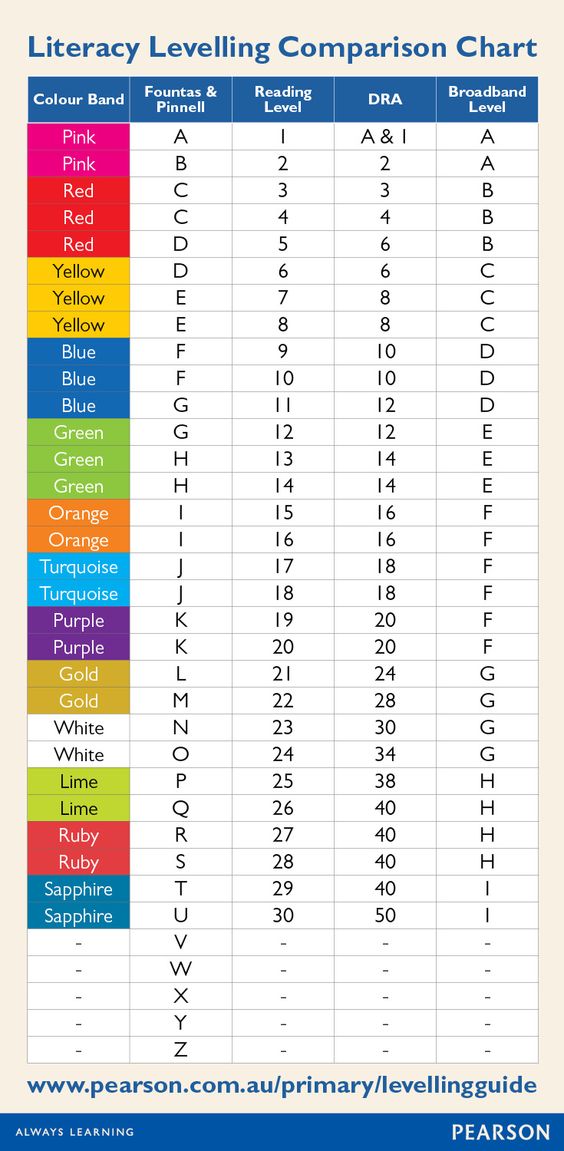 com/tests/
com/tests/
Book "English Test by Test III. Tests Grade 3. Manual of English for additional education"
- Books
- Fiction
- non-fiction
- Children's literature
- Literature in foreign languages
- Travels. Hobby. Leisure
- art books
- Biographies. Memoirs. Publicism
- Comics.
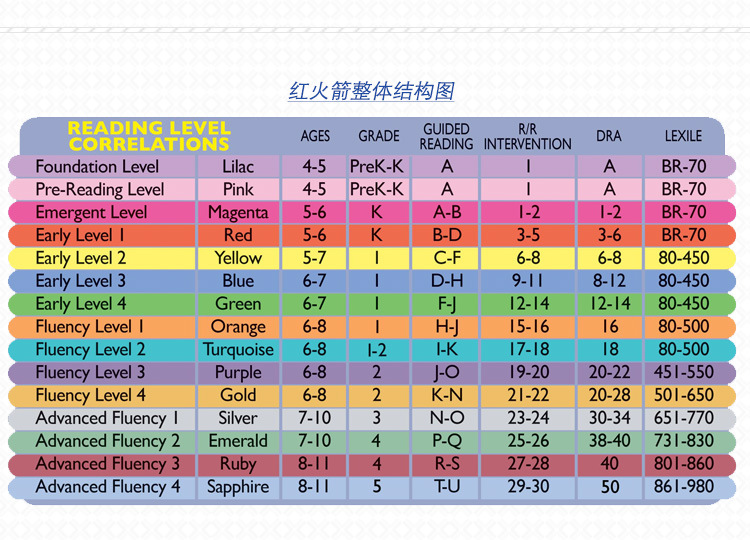 Manga. Graphic novels
Manga. Graphic novels - Magazines
- Print on demand
- Autographed books
- Books as a gift
- Moscow recommends
-
The authors • Series • Publishers • Genre
- Electronic books
- Russian classics
- detectives
- Economy
- Magazines
- Benefits
- Story
- Politics
- Biographies and memoirs
- Publicism
- Audiobooks
- Electronic audiobooks
- CDs
- Collector's editions
- Foreign prose and poetry
- Russian prose and poetry
- Children's literature
- Story
- Art
- encyclopedias
- Cooking.
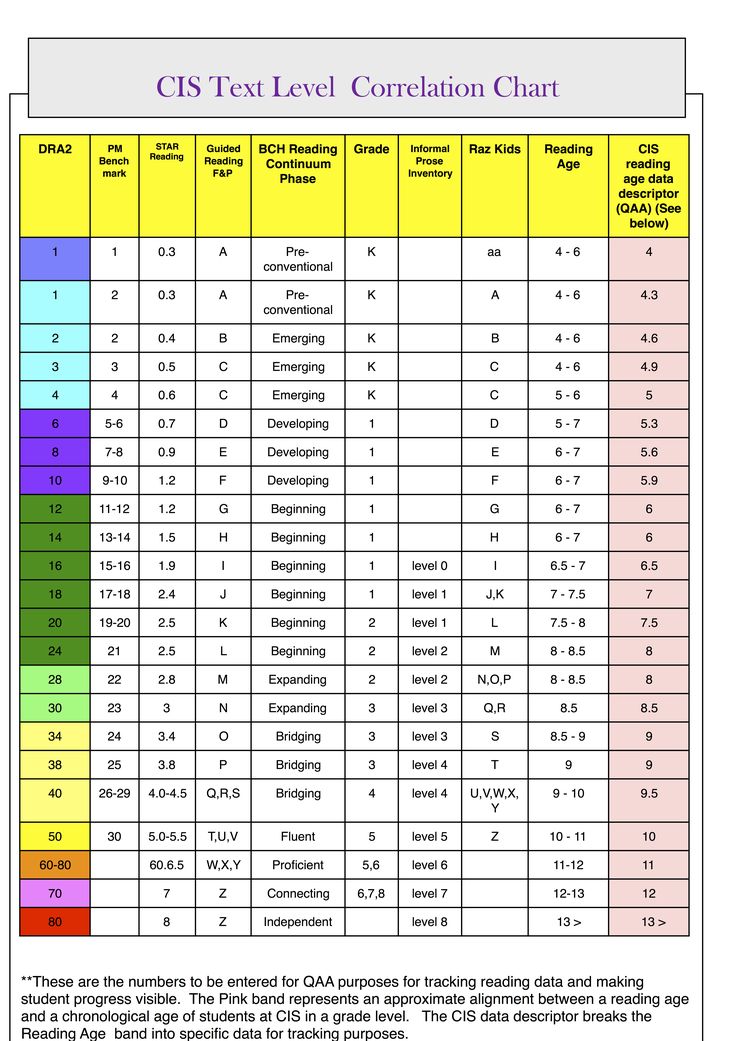 Winemaking
Winemaking - Religion, theology
- All topics
- antique books
- Children's literature
- Collected works
- Art
- History of Russia until 1917
- Fiction. foreign
- Fiction.
 Russian
Russian - All topics
- Pre order
- Acceptance of books for commission
- Present
- Books as a gift
- Author's works
- business gifts
- literary gifts
- Miniature editions
- Gifts for children
- gift pens 9059four
- Postcards
- Calendars
- All topics of gifts
- Gift certificates
- Gift Baskets
- Gift Ideas
- Stationery
- business man accessories
- Unusual office
- Paper and white supplies
- Writing utensils
- Small office goods
- For artists
- Services
- bonus program
- Gift certificates
- Worldwide shipping
- Corporate service
- VIP service
- Services of the antiquarian and secondhand department
- Selection and decoration of gifts
- Production of exclusive editions
- Formation of a family library
Advanced Search
- Publisher:
- Manager
- The year of publishing:
- 2010
- Place of publication:
- Moscow
- Text language:
- English
- Editor/compiler:
- Voronova E.
 G.
G.
- Cover type:
- Soft cover
- Format:
- 70х90 1/16
- Dimensions in mm (LxWxH):
- 215x170
- The weight:
- 170 gr.
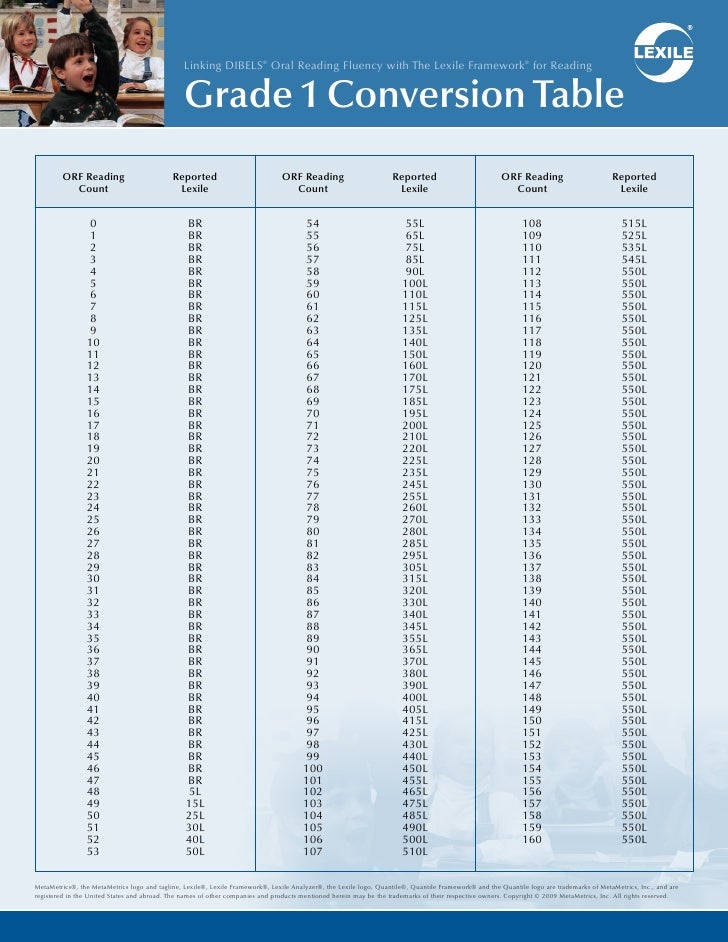
- Pages:
- 144
- Circulation:
- 5000 copies
- Product code:
- 427378
- Vendor code:
- 2892
- ISBN:
- 978-5-8346-0186-9
- On sale from:
- 09/15/2008
Additional Information
Annotation to the book "English Test by Test III.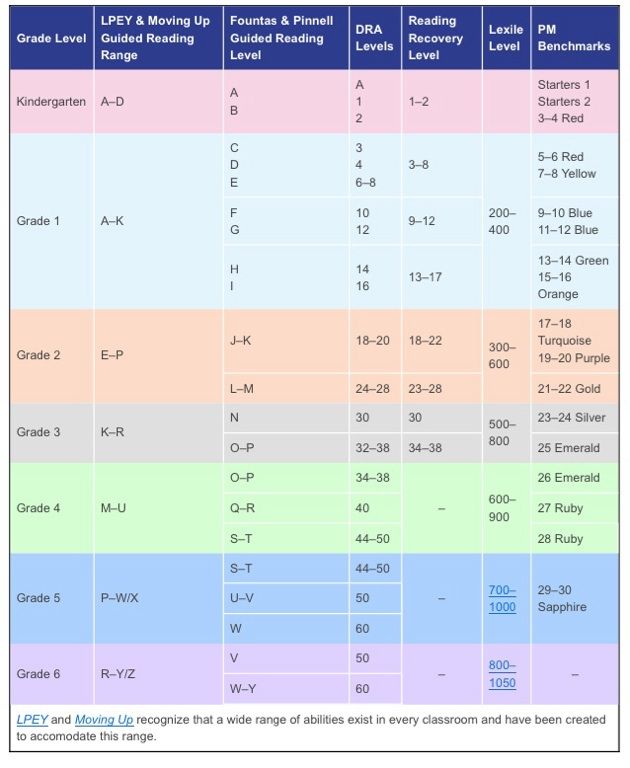
Learn more


